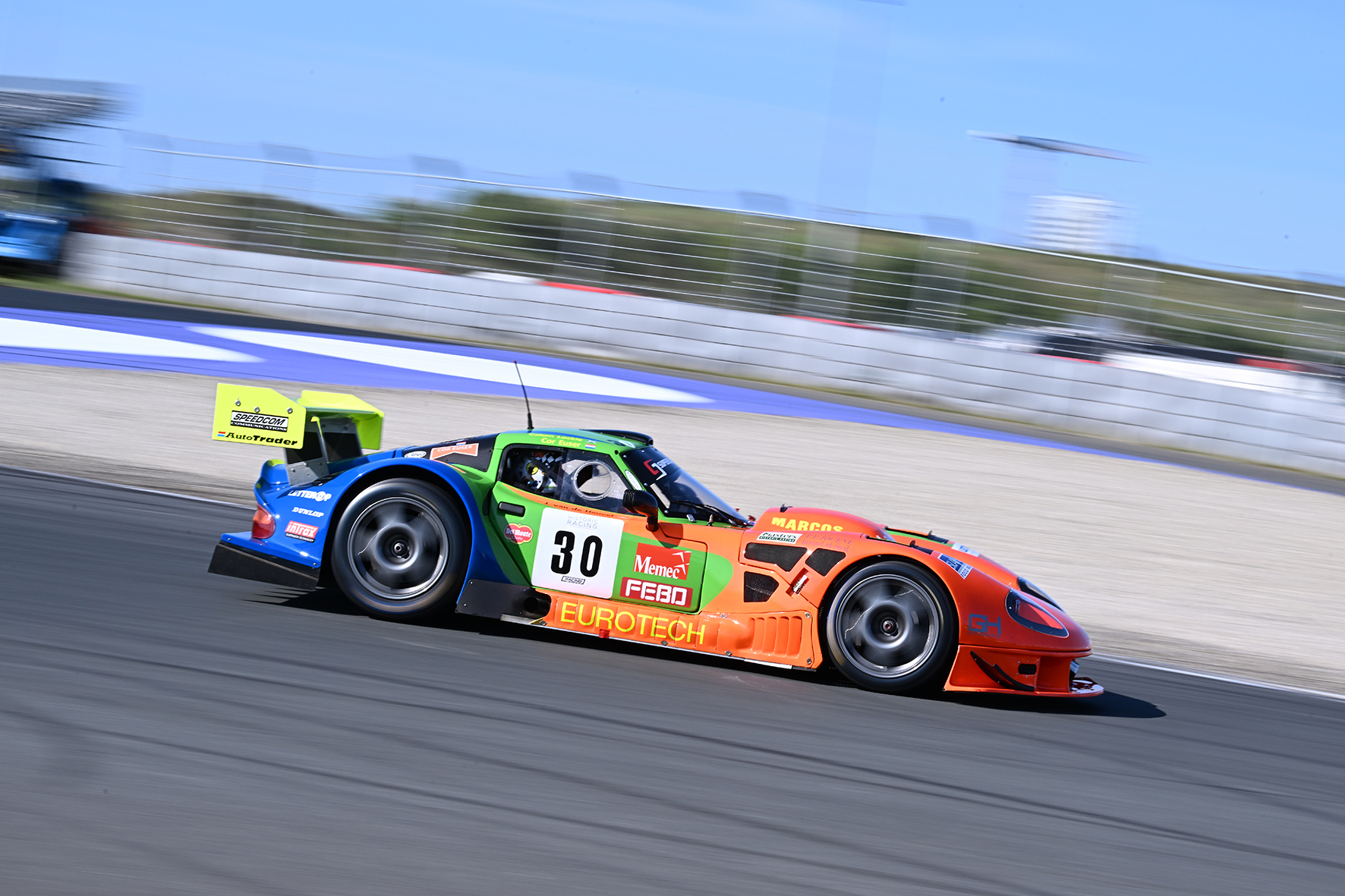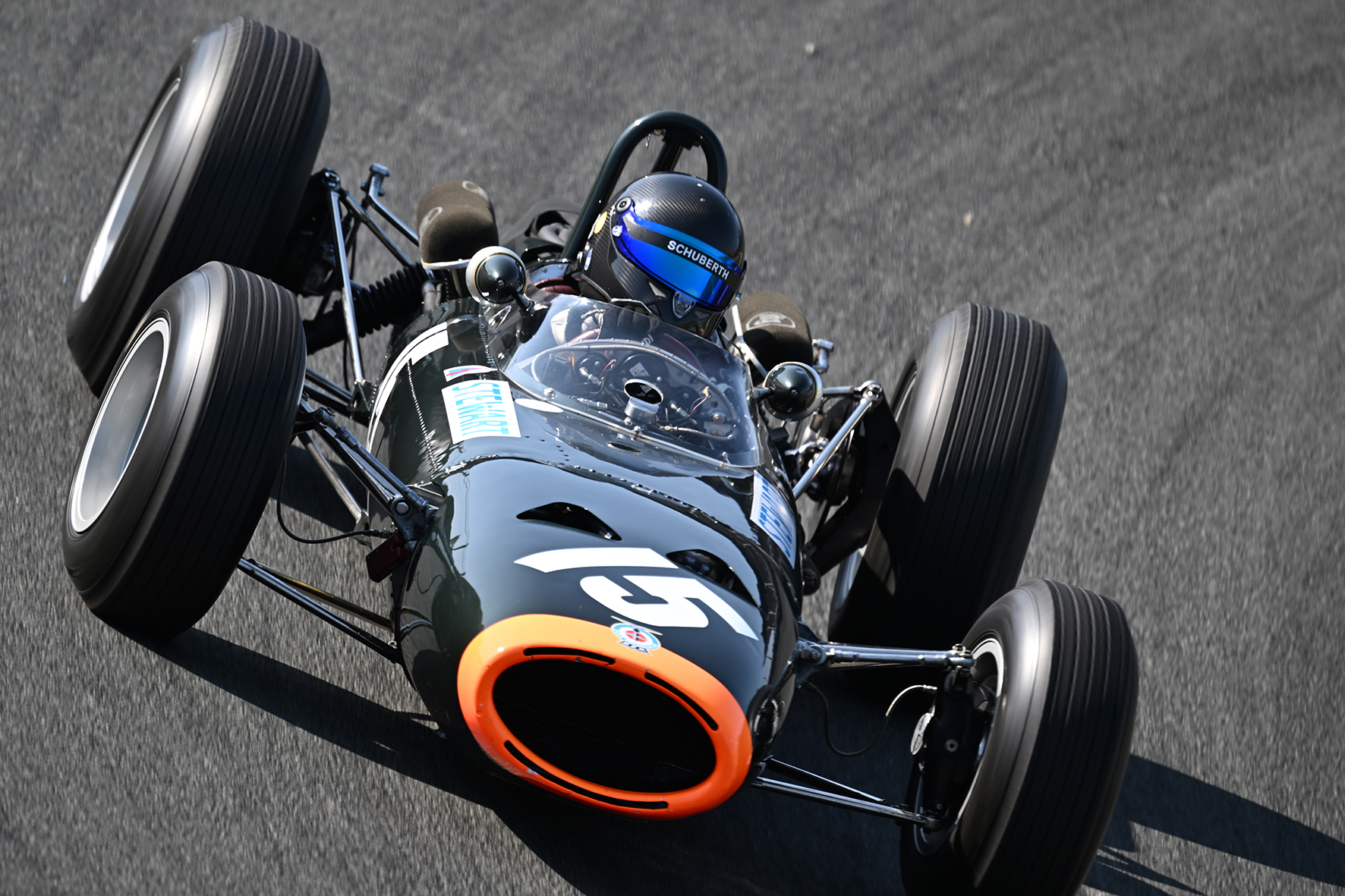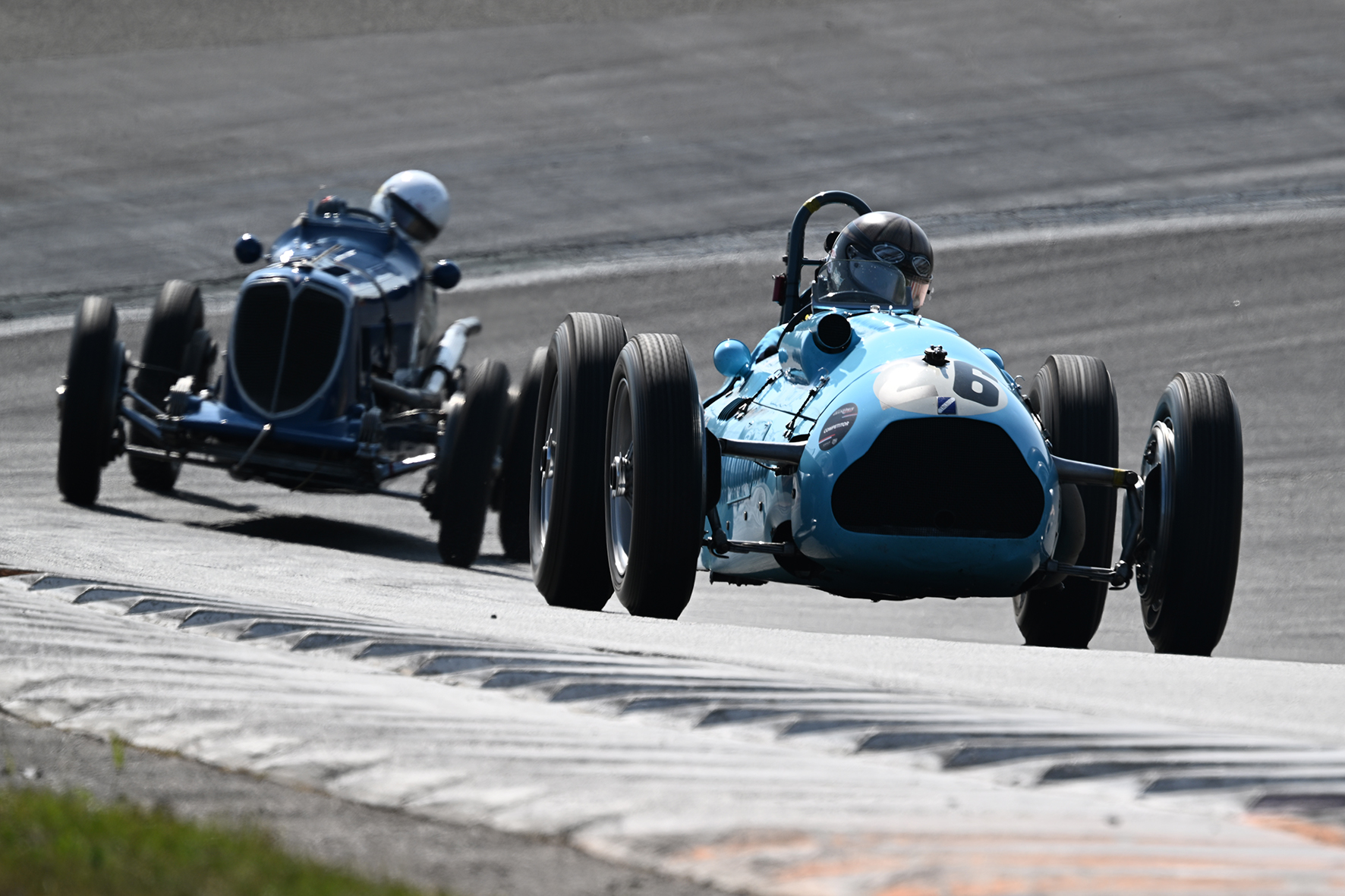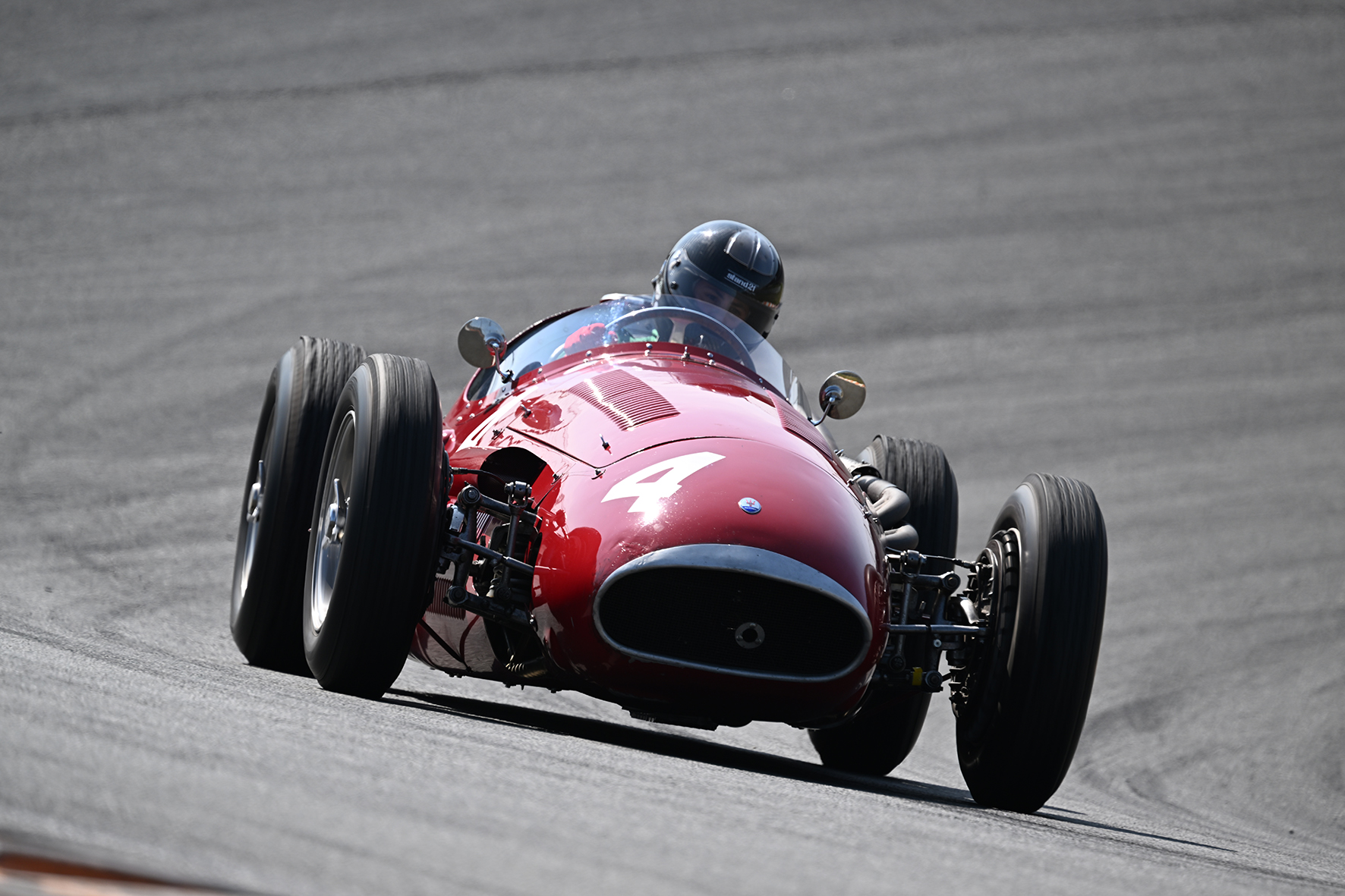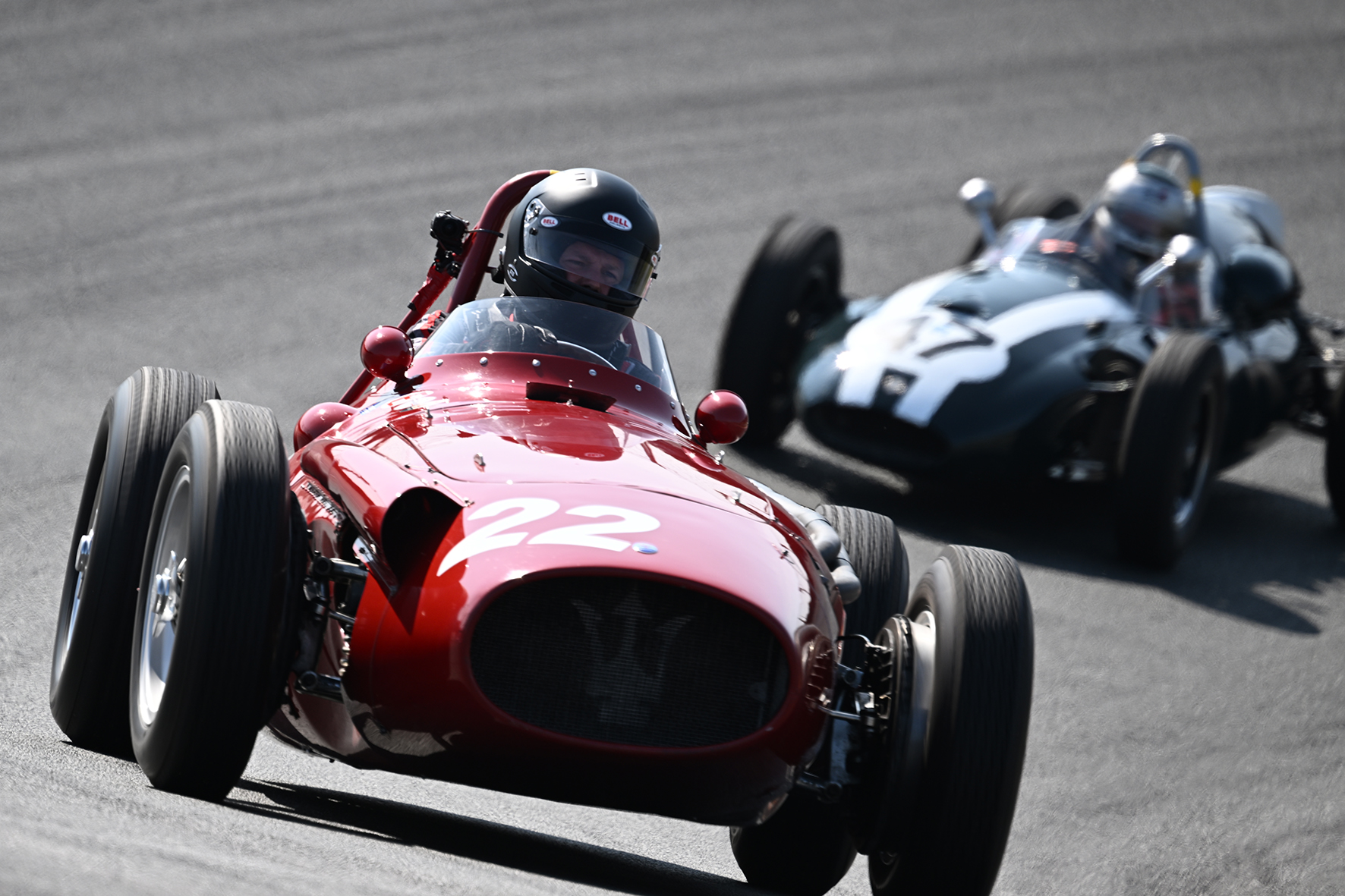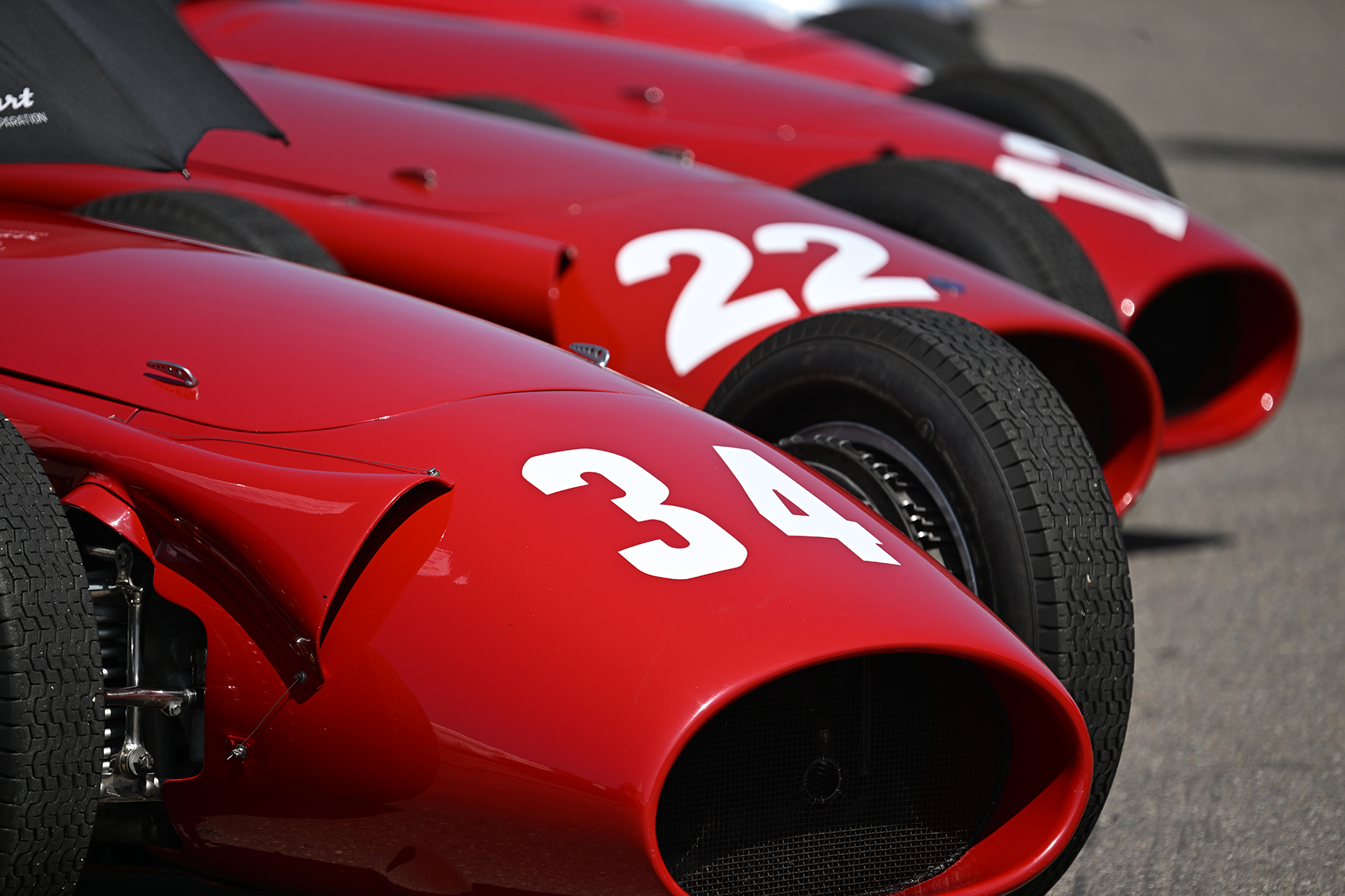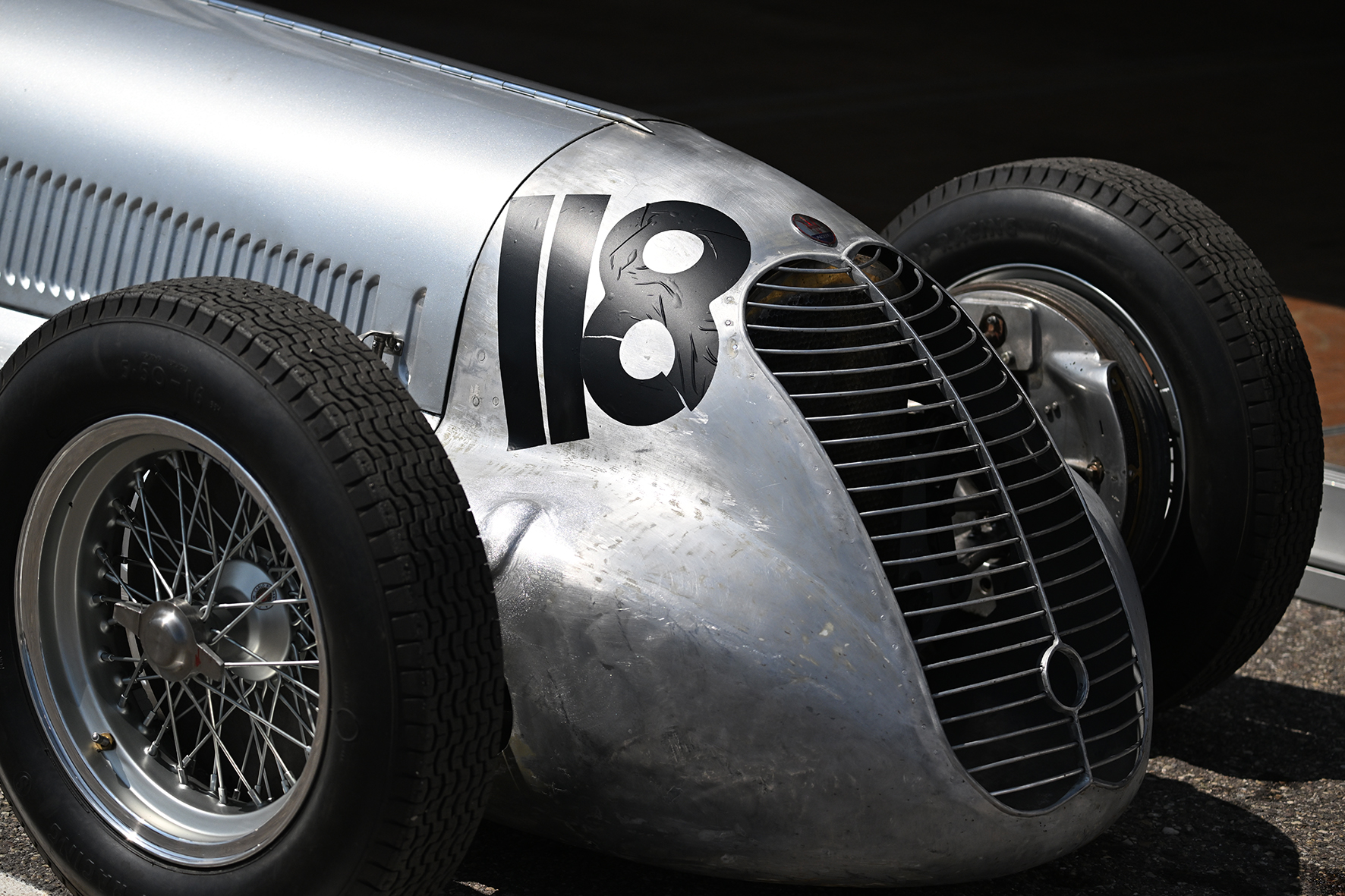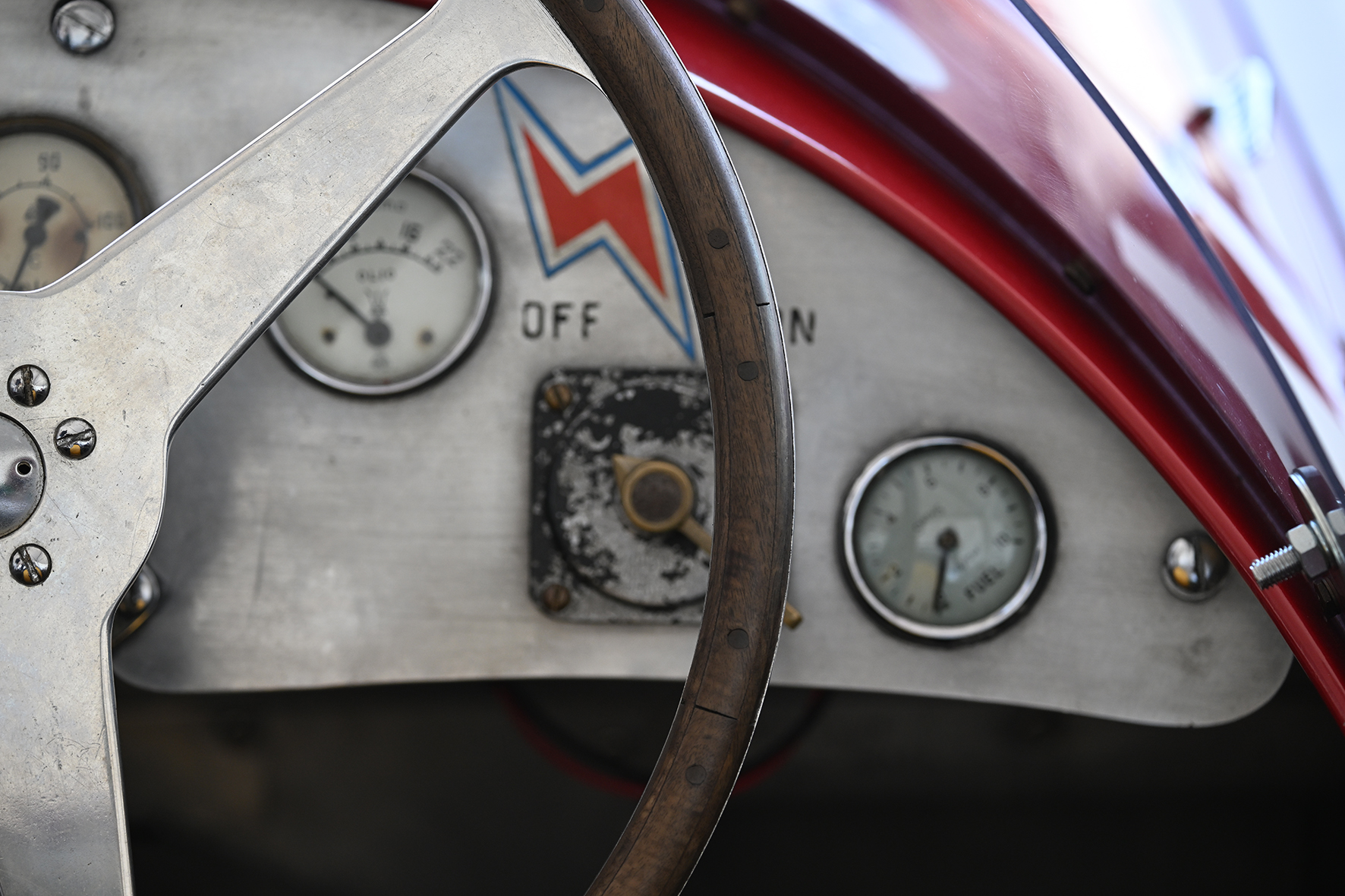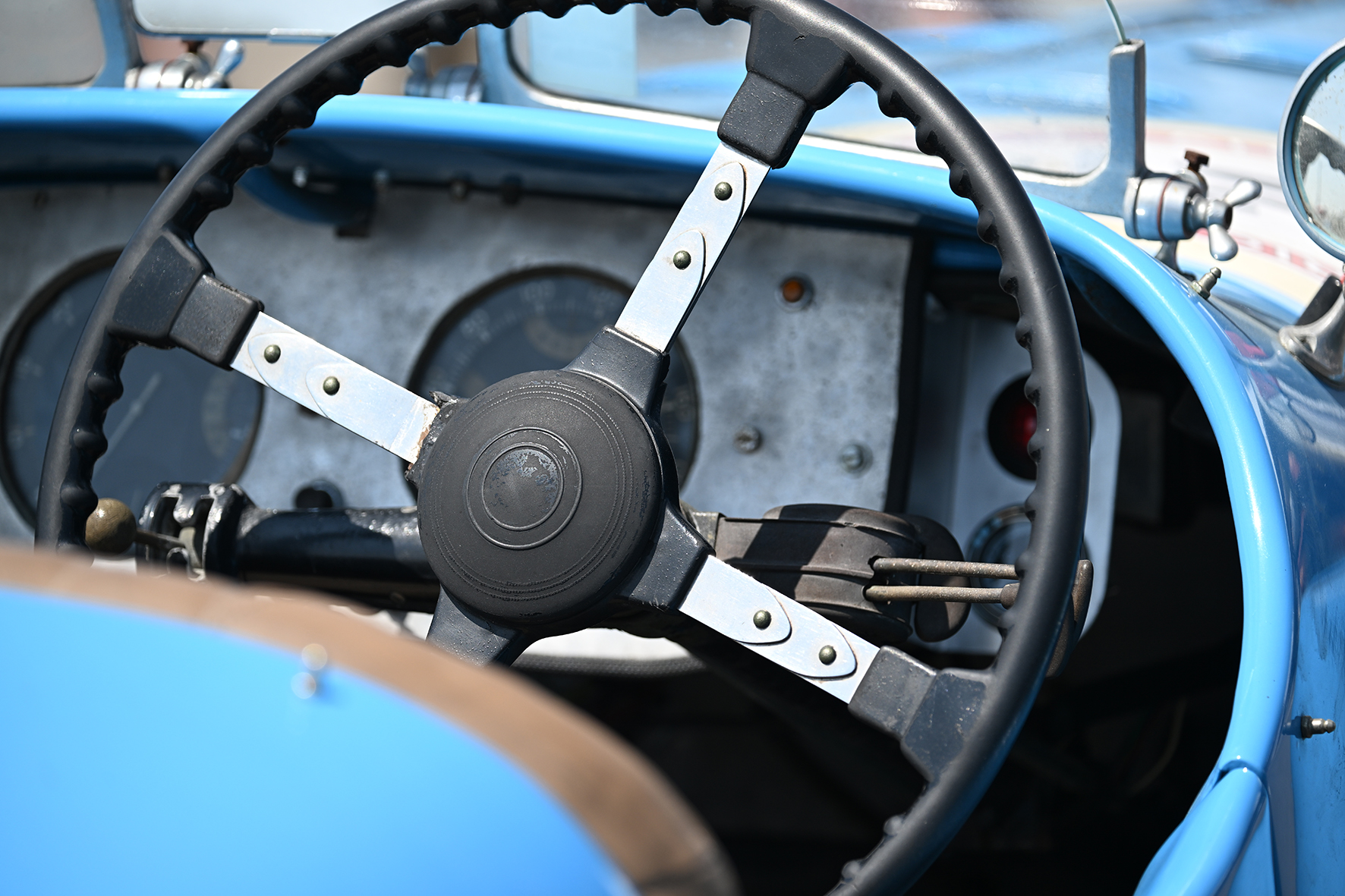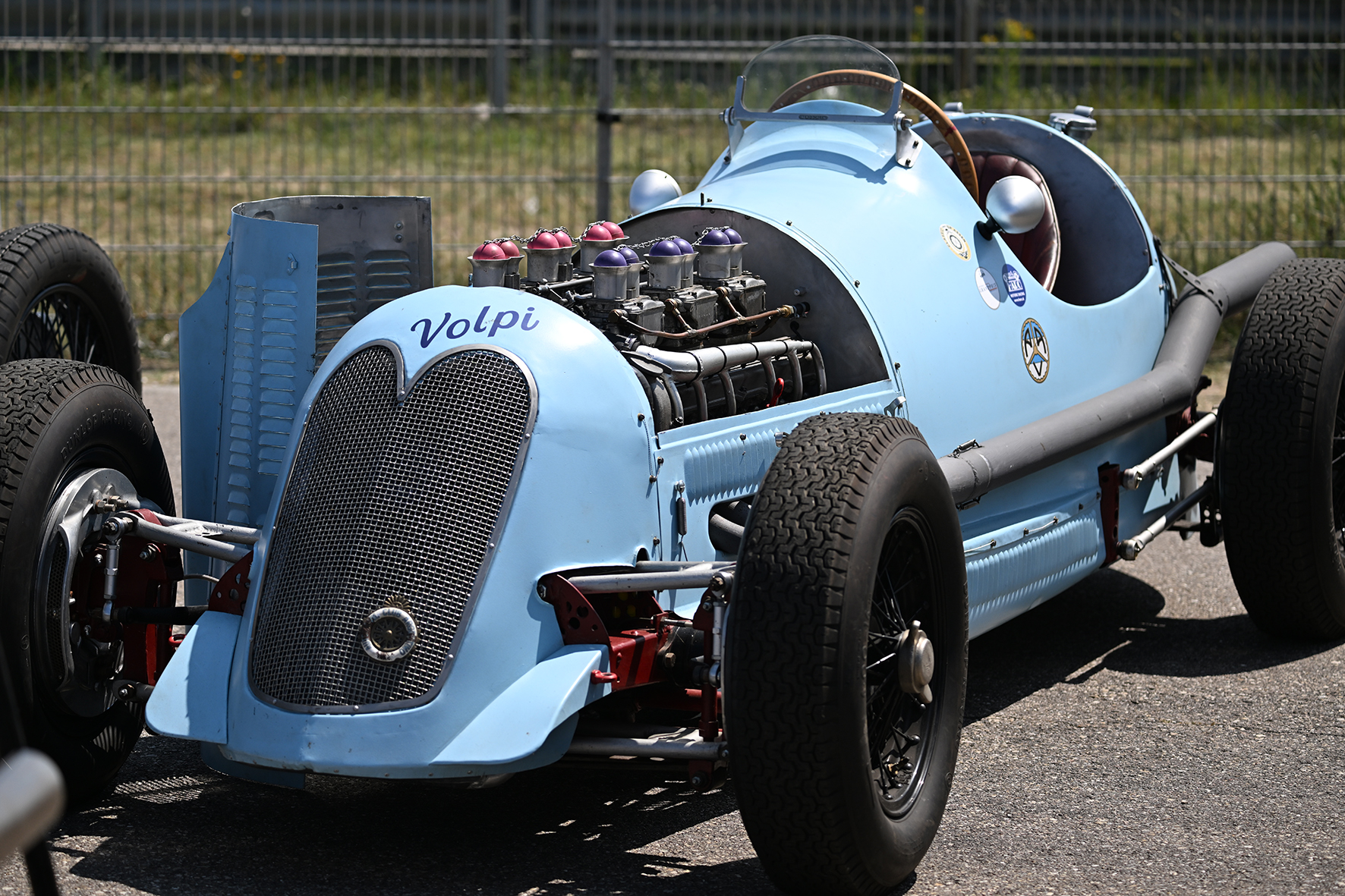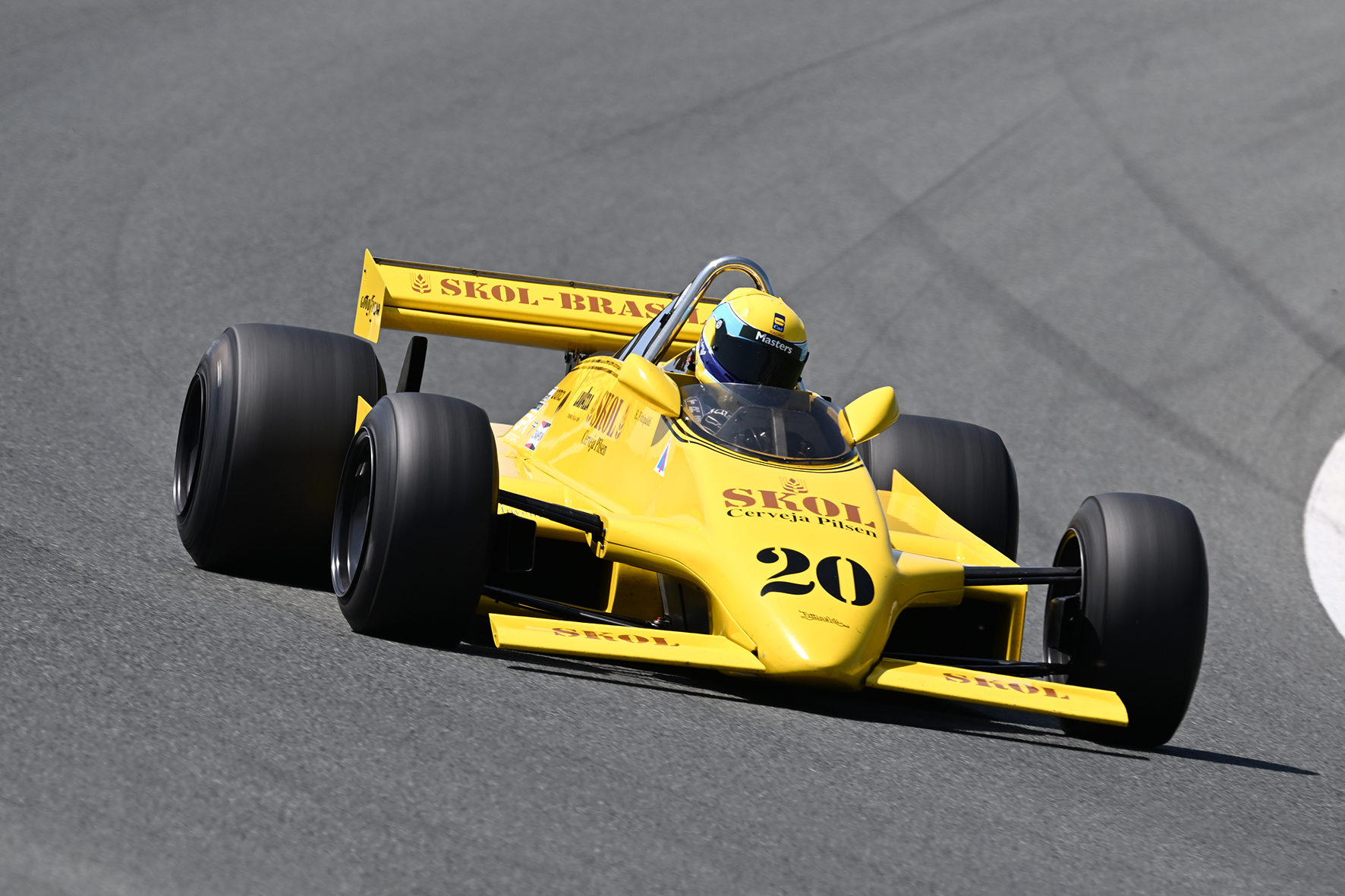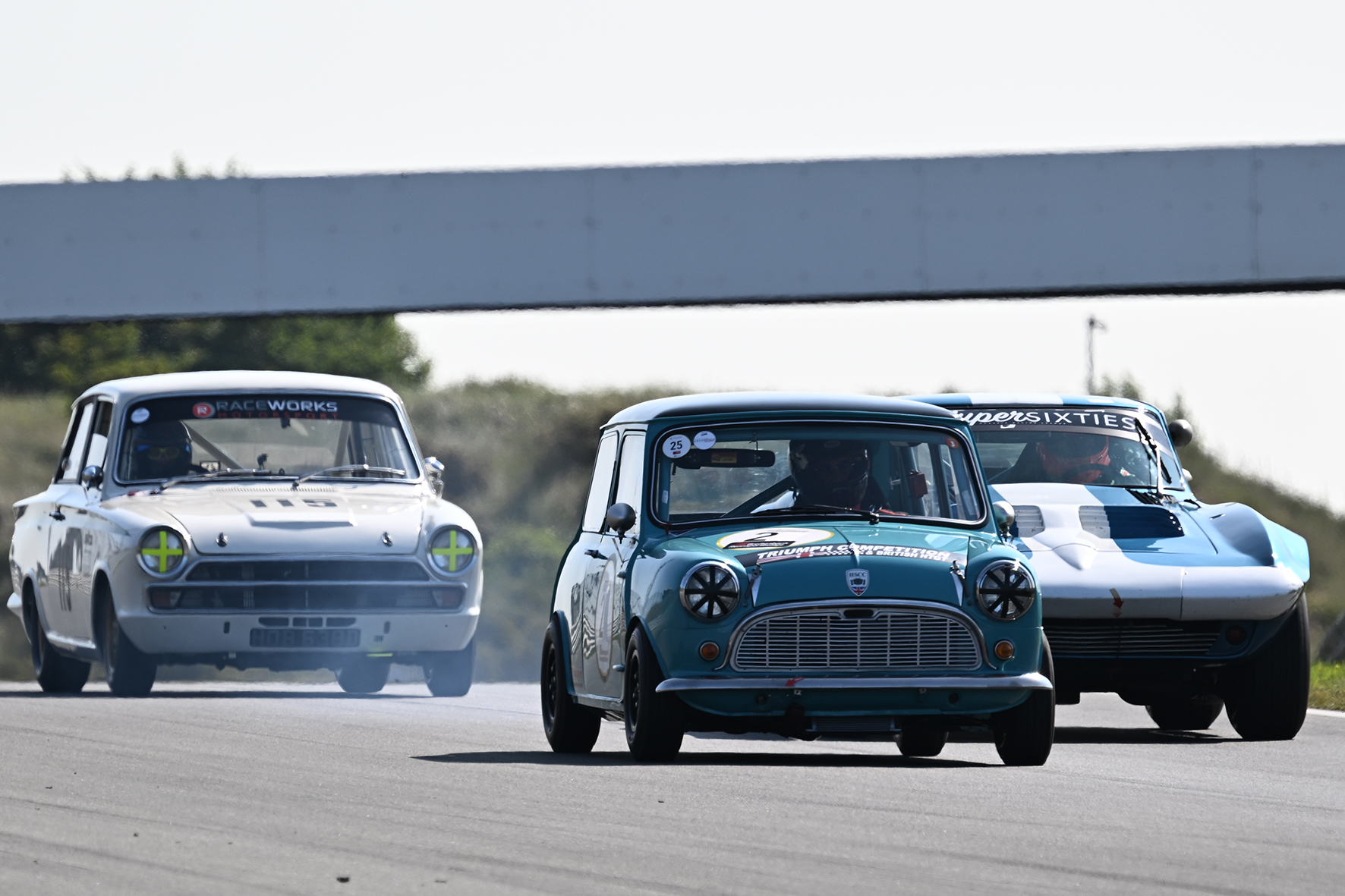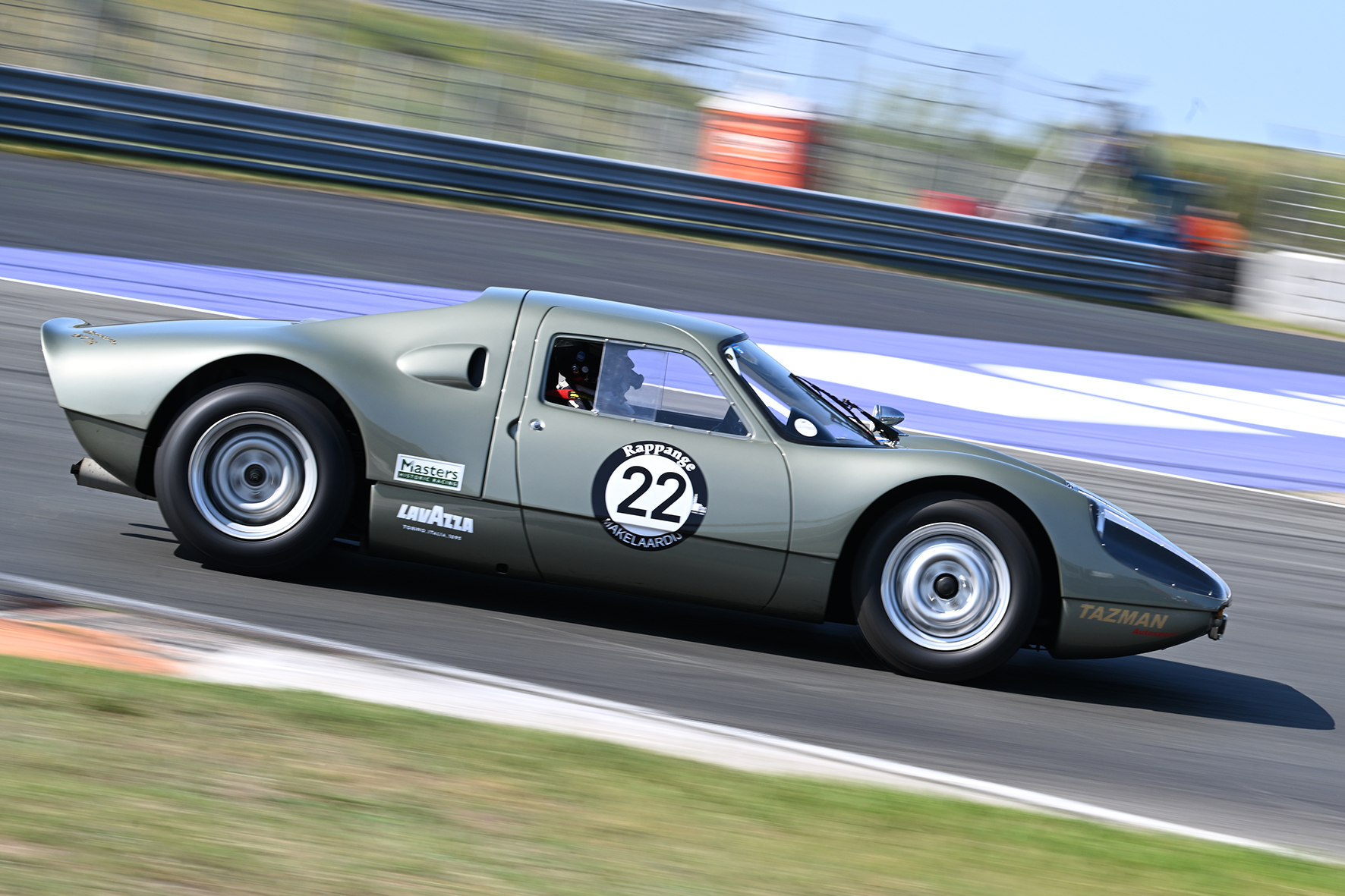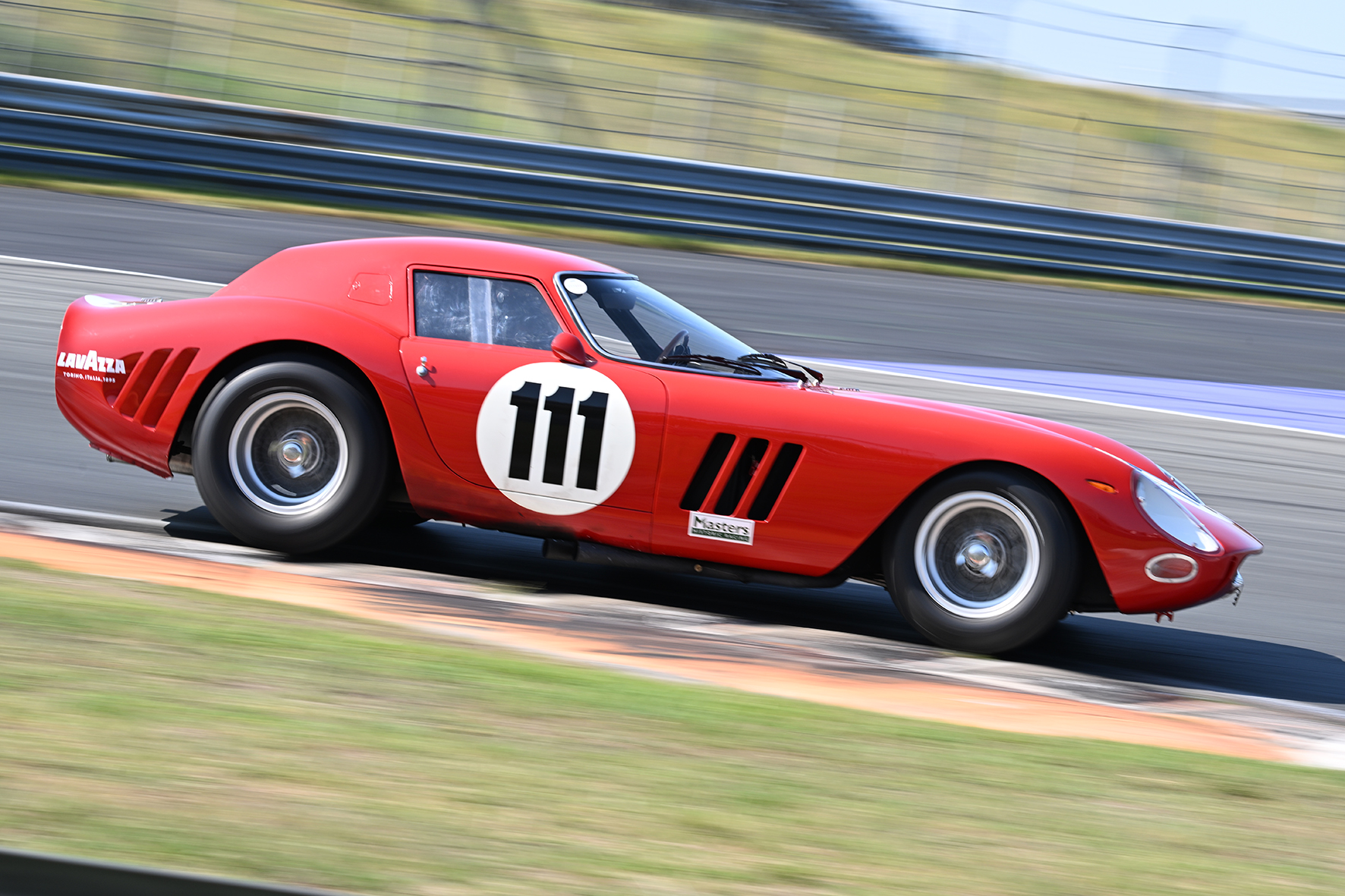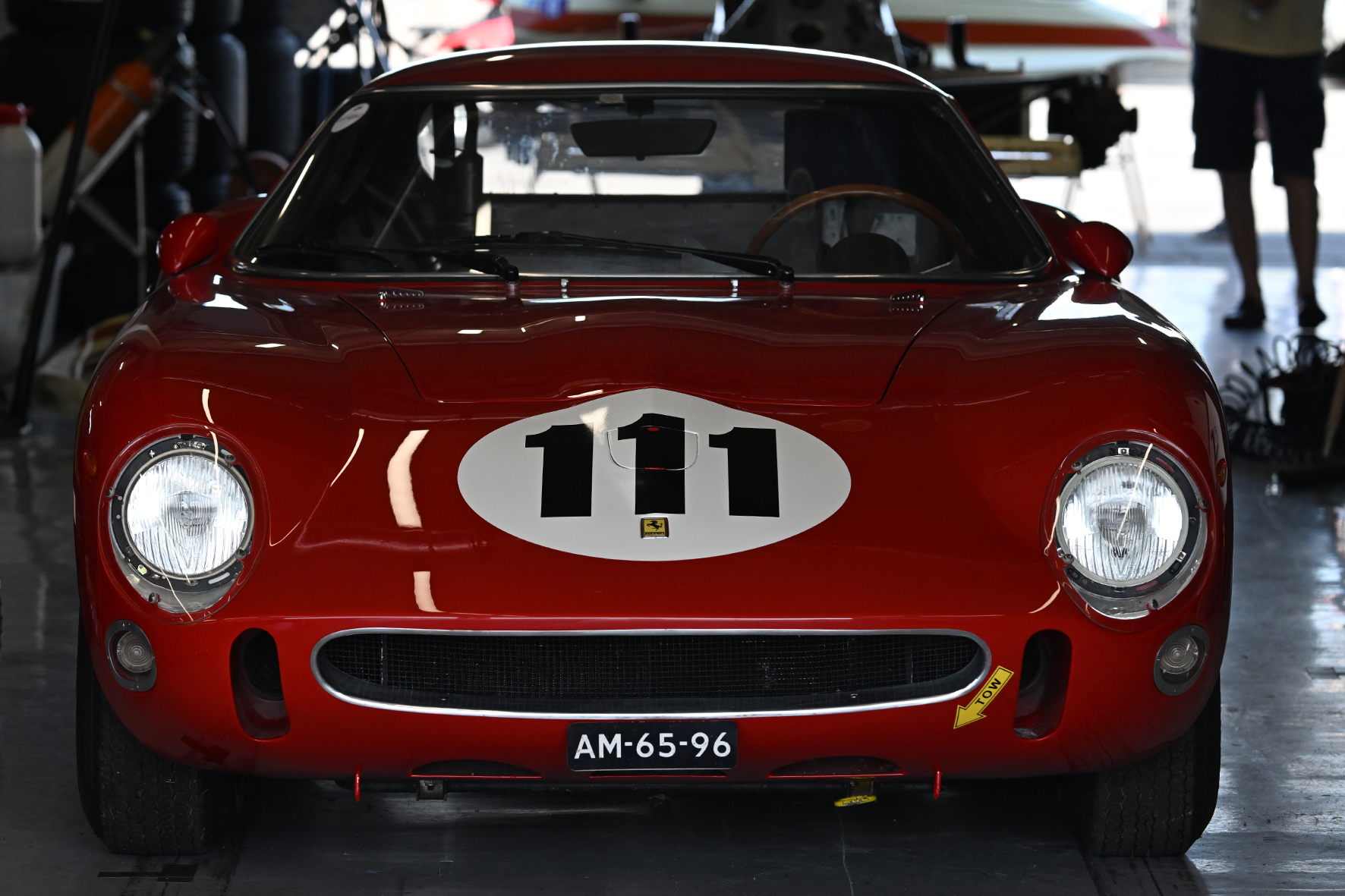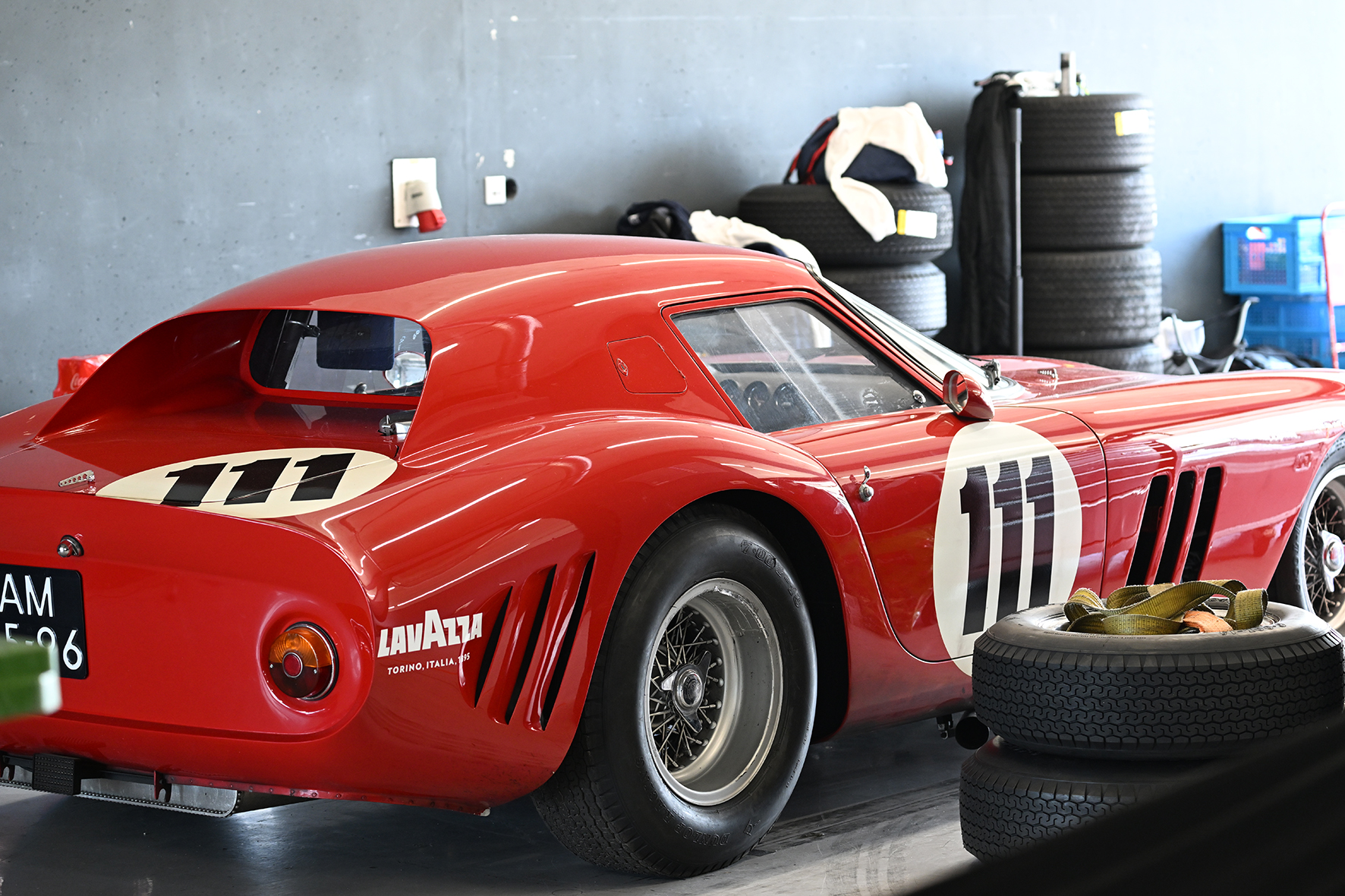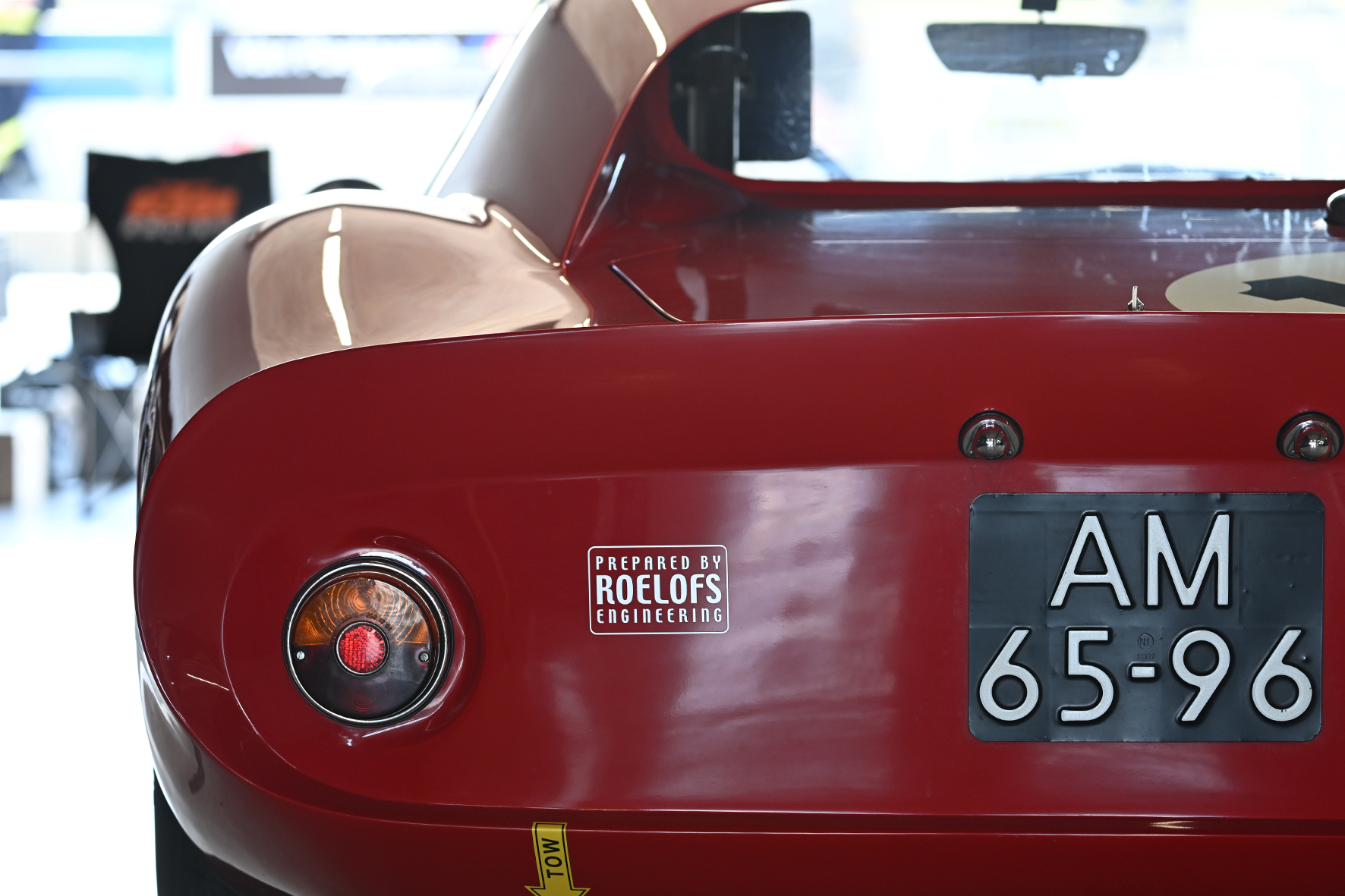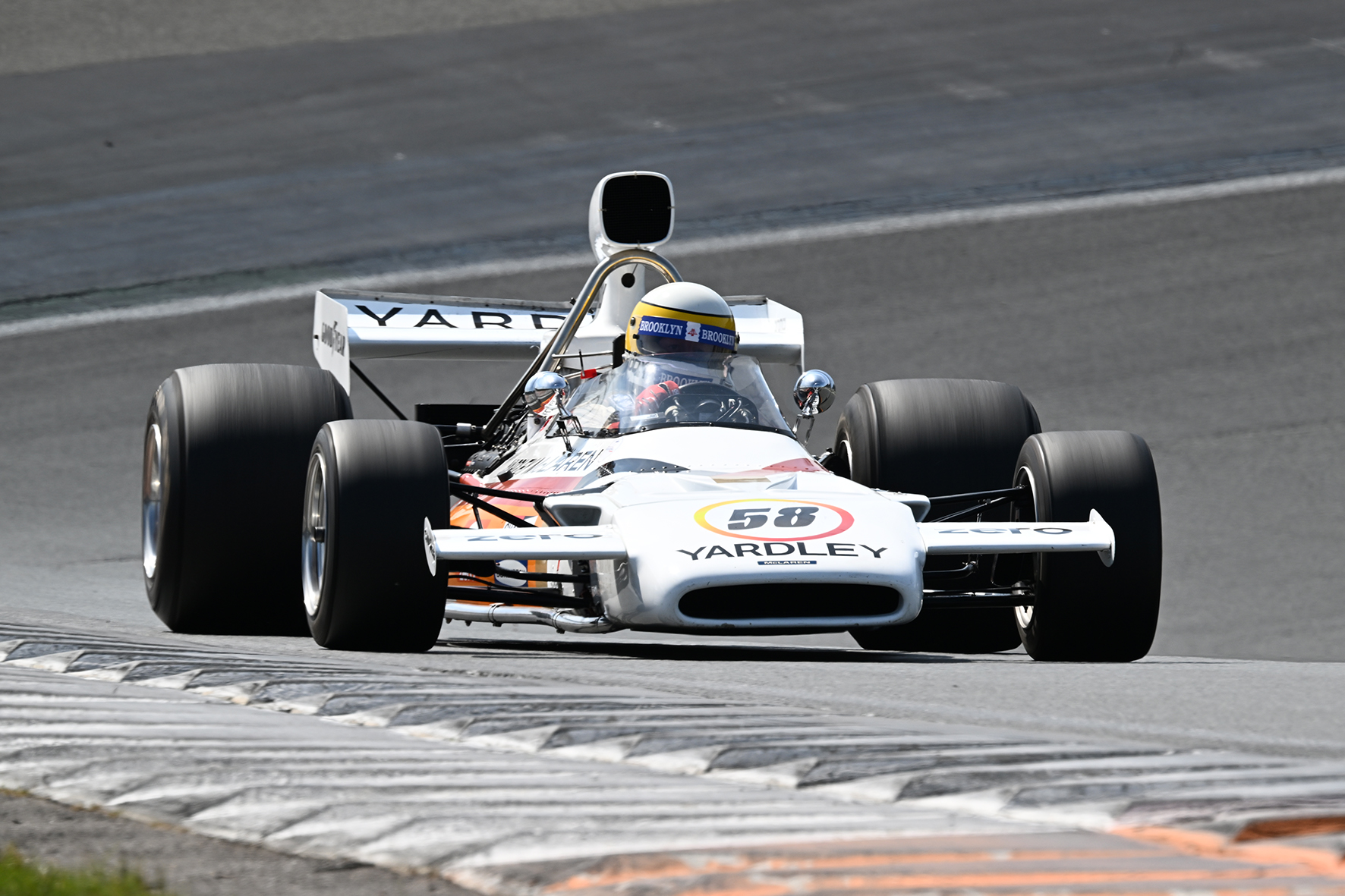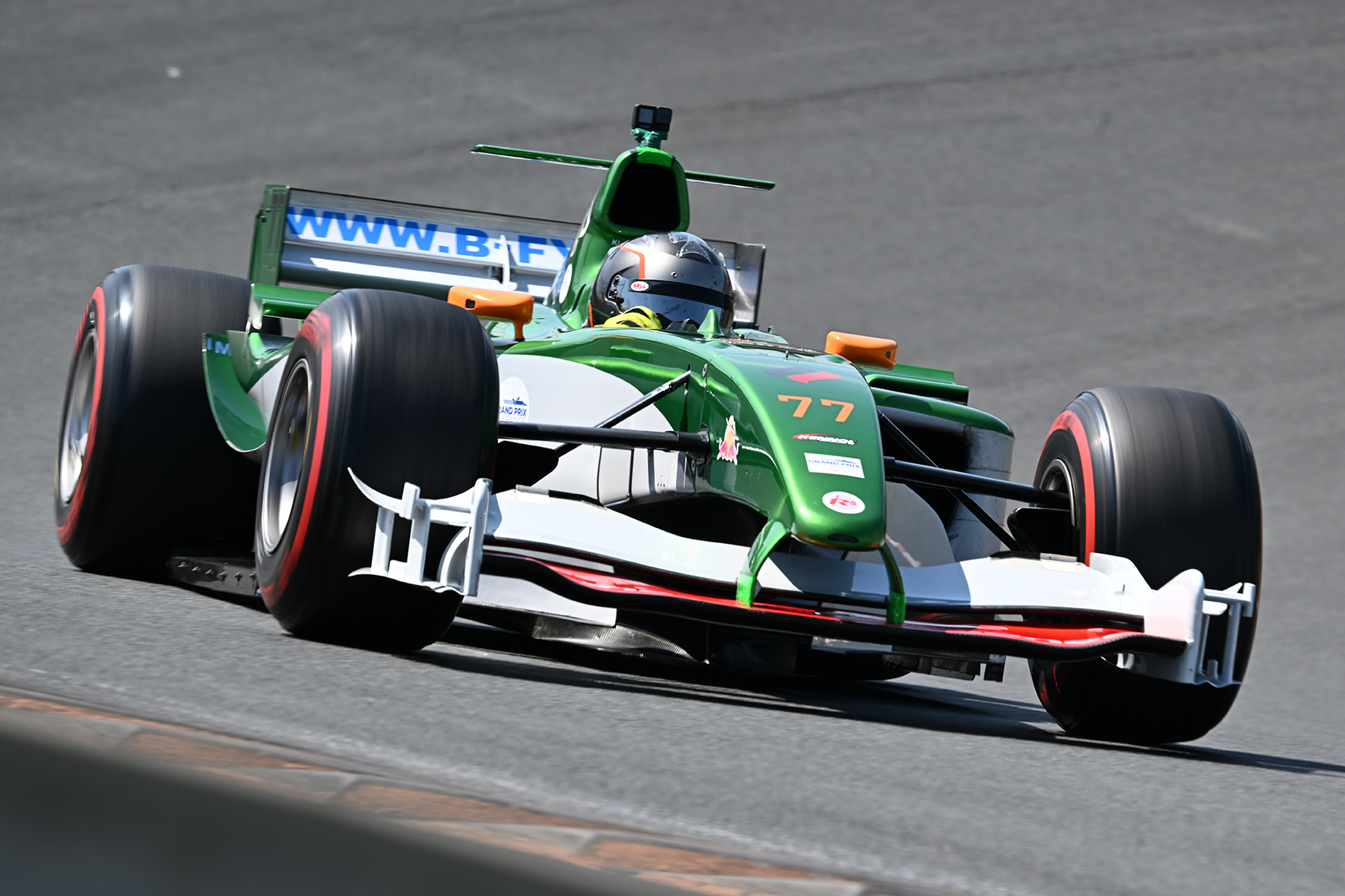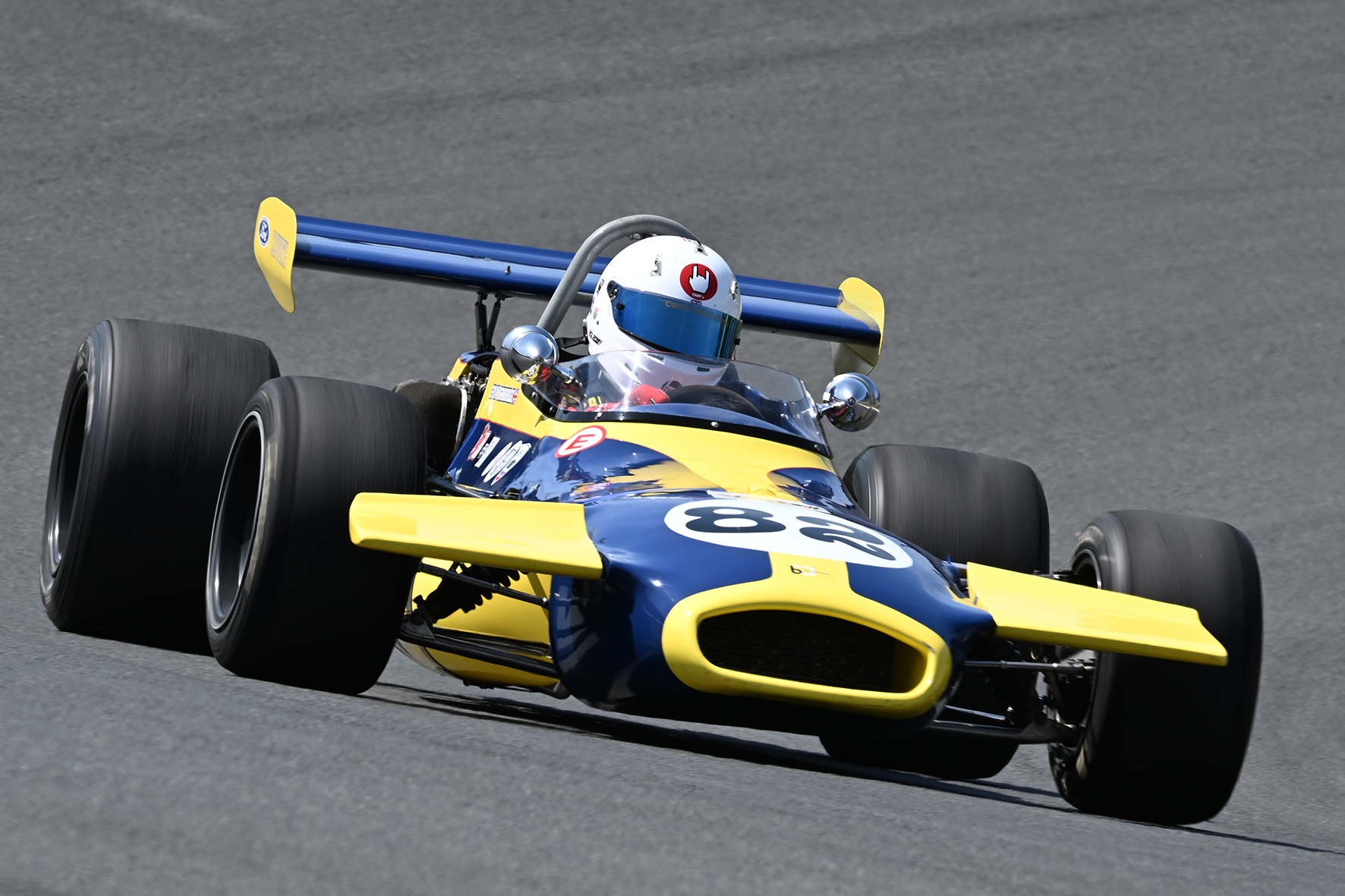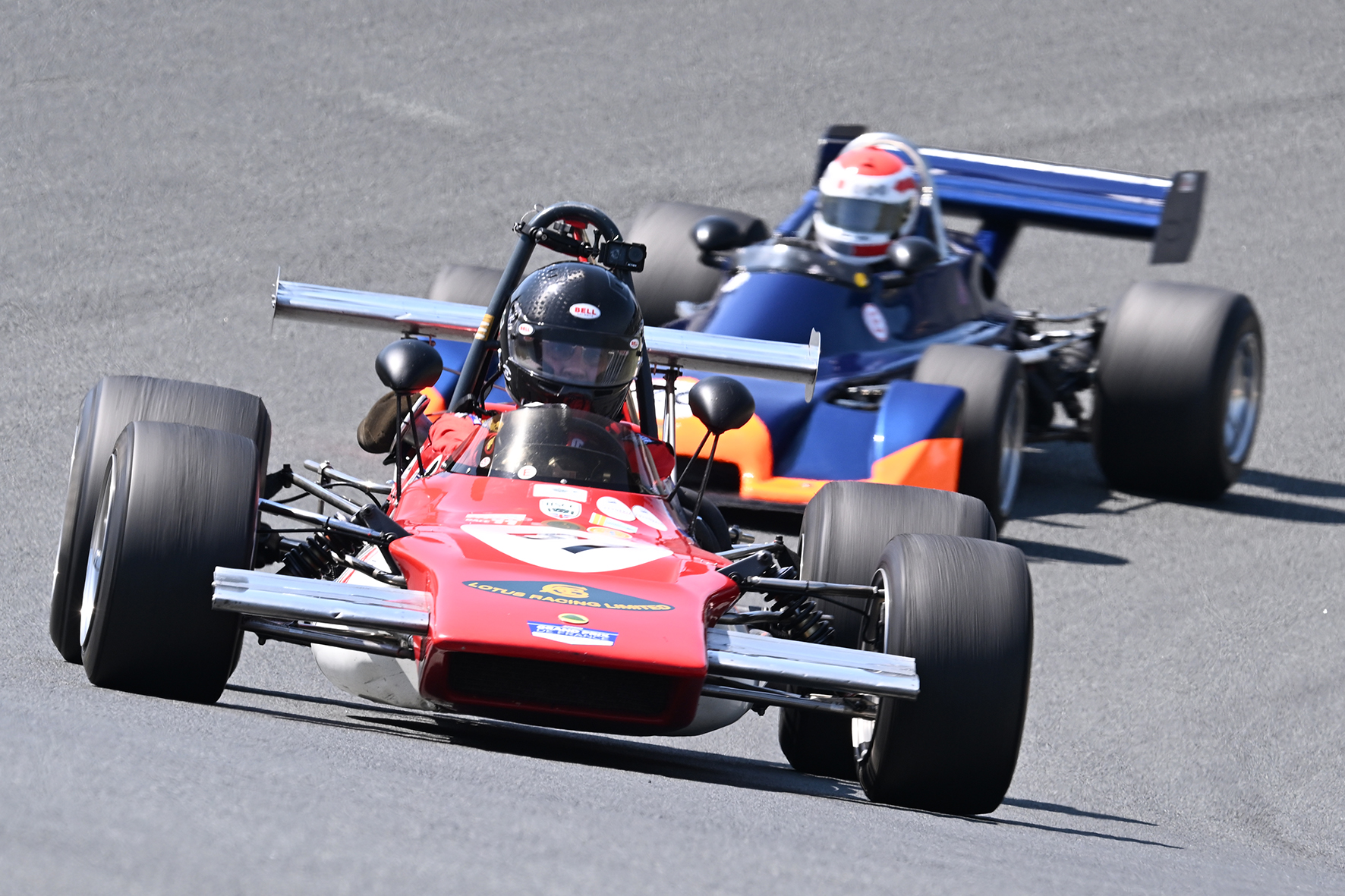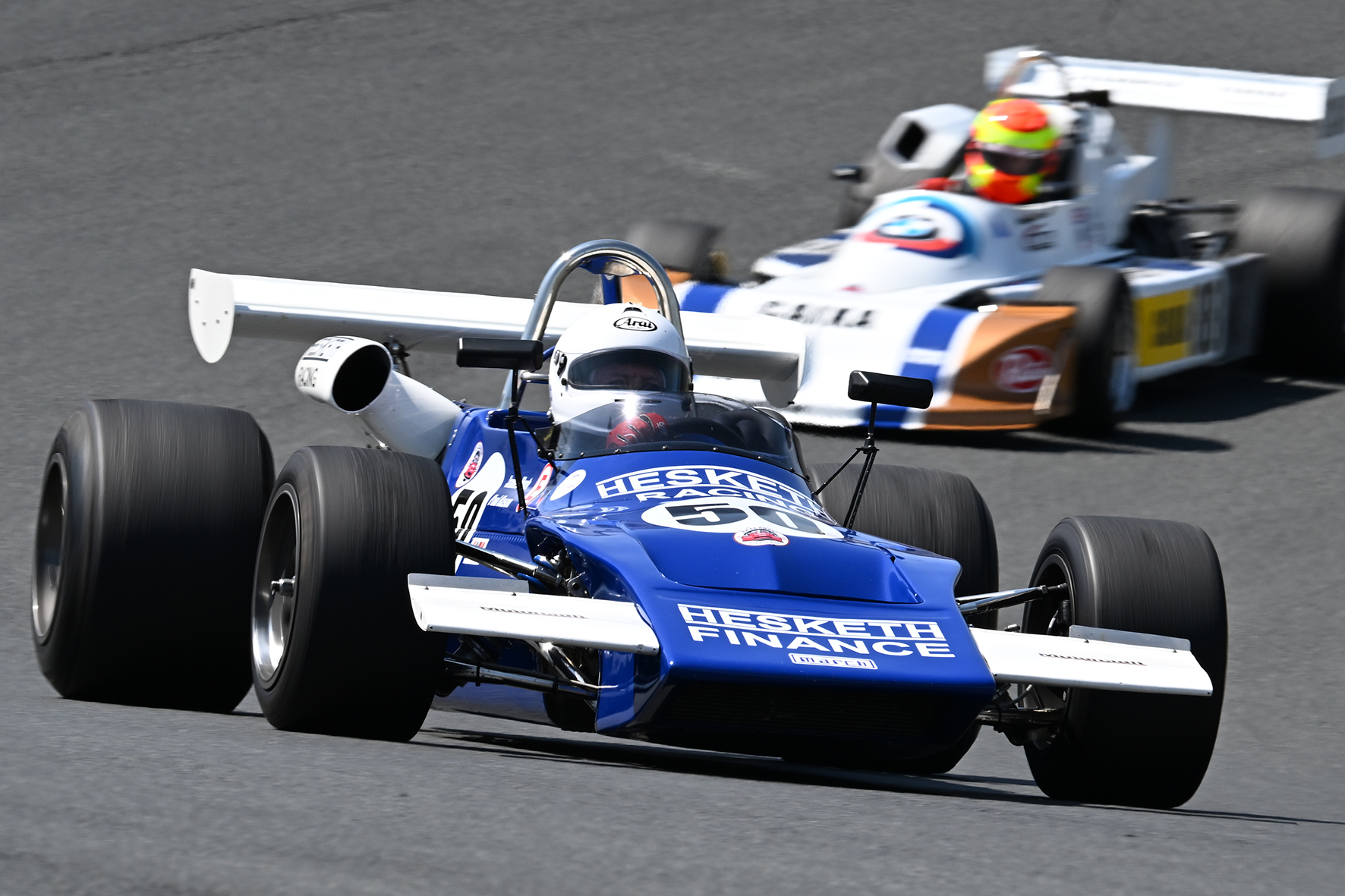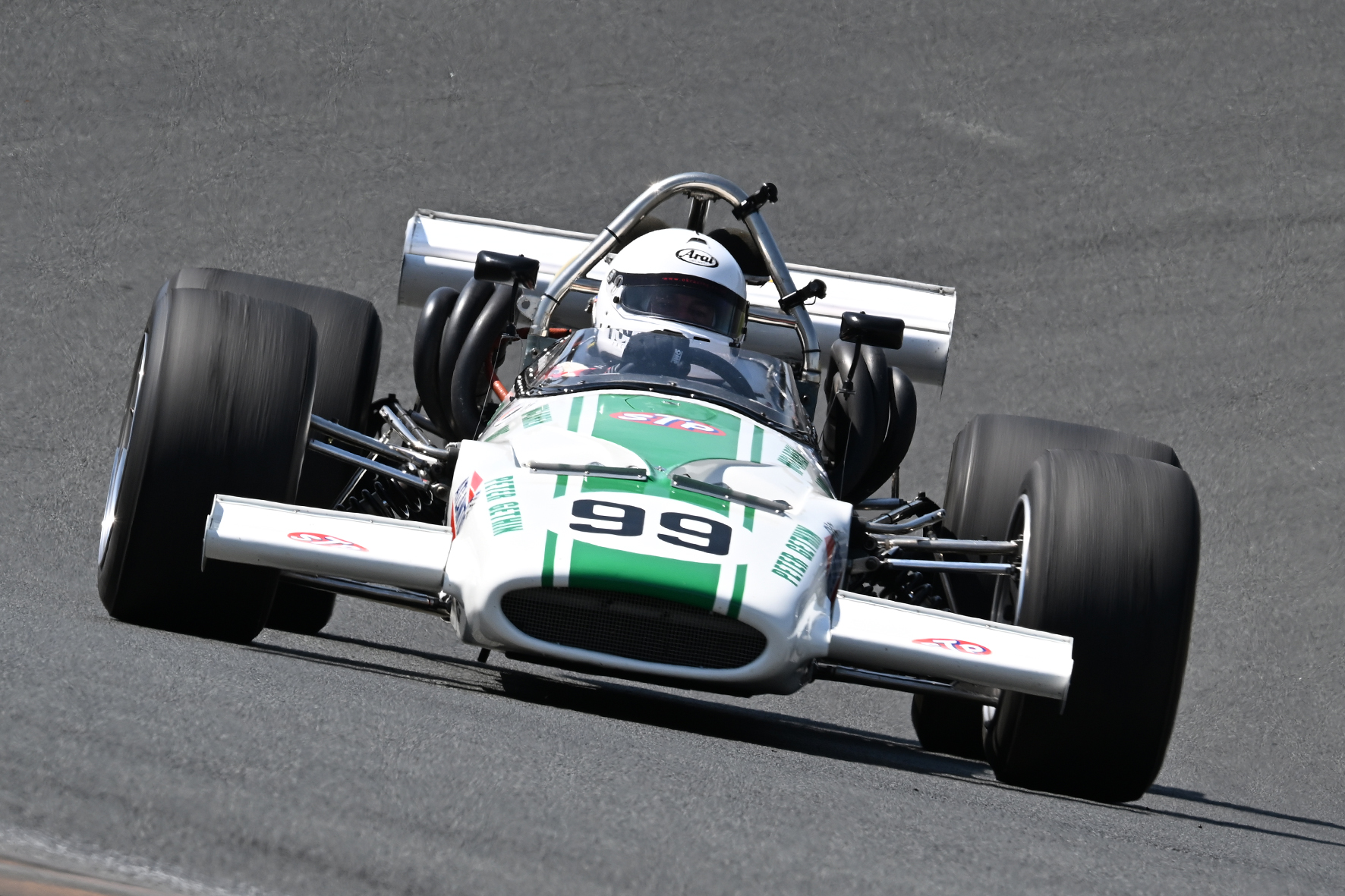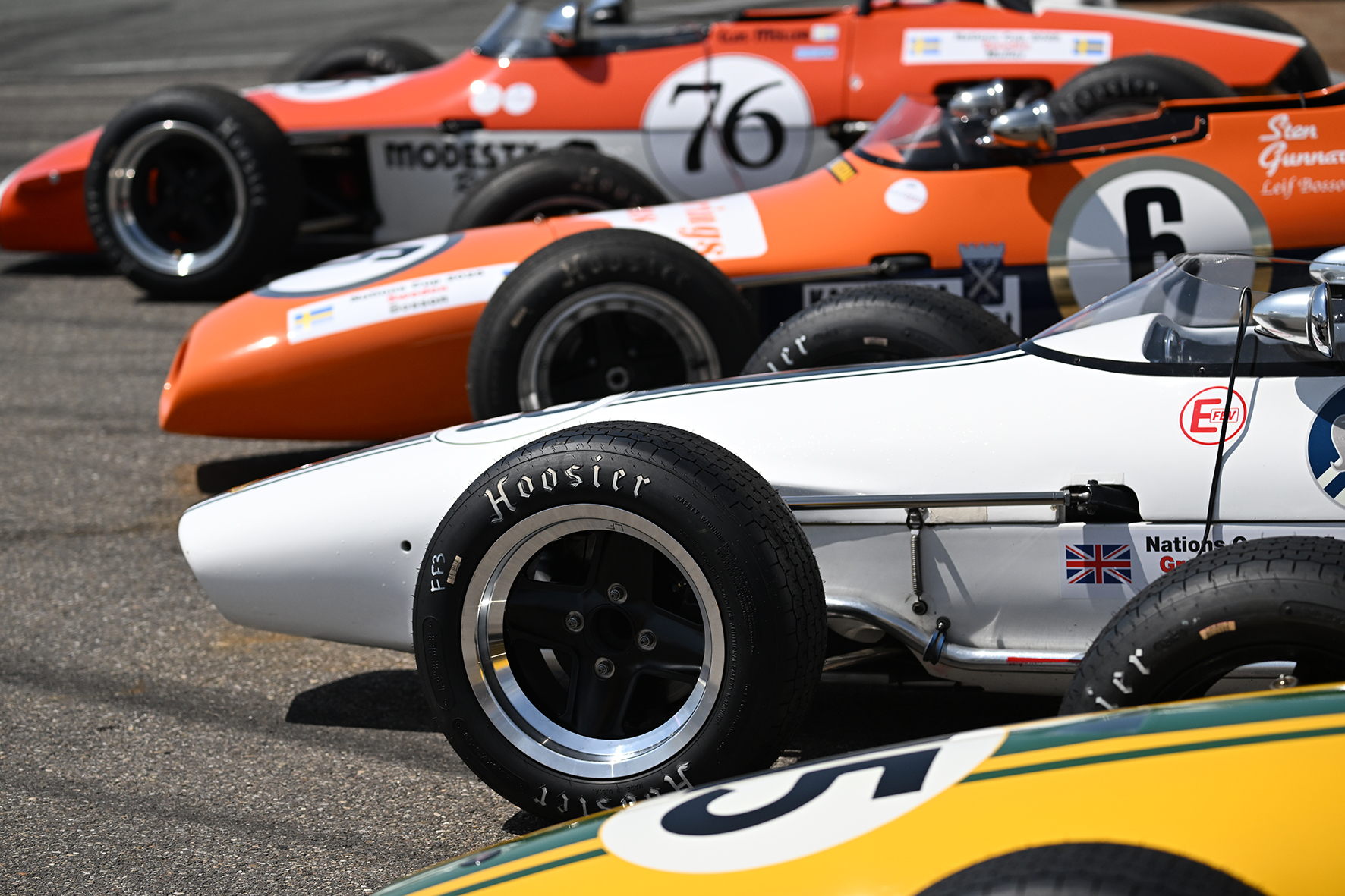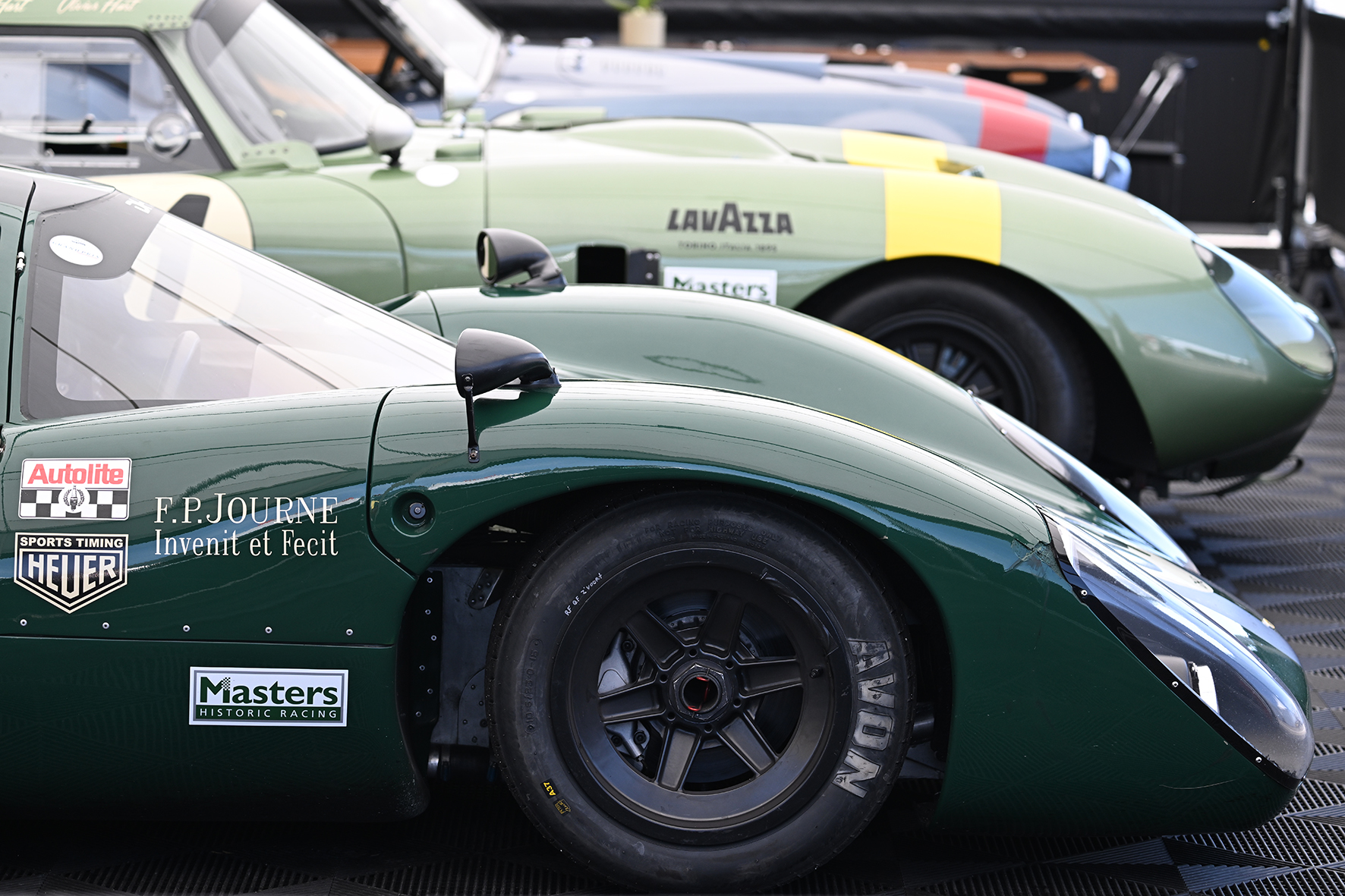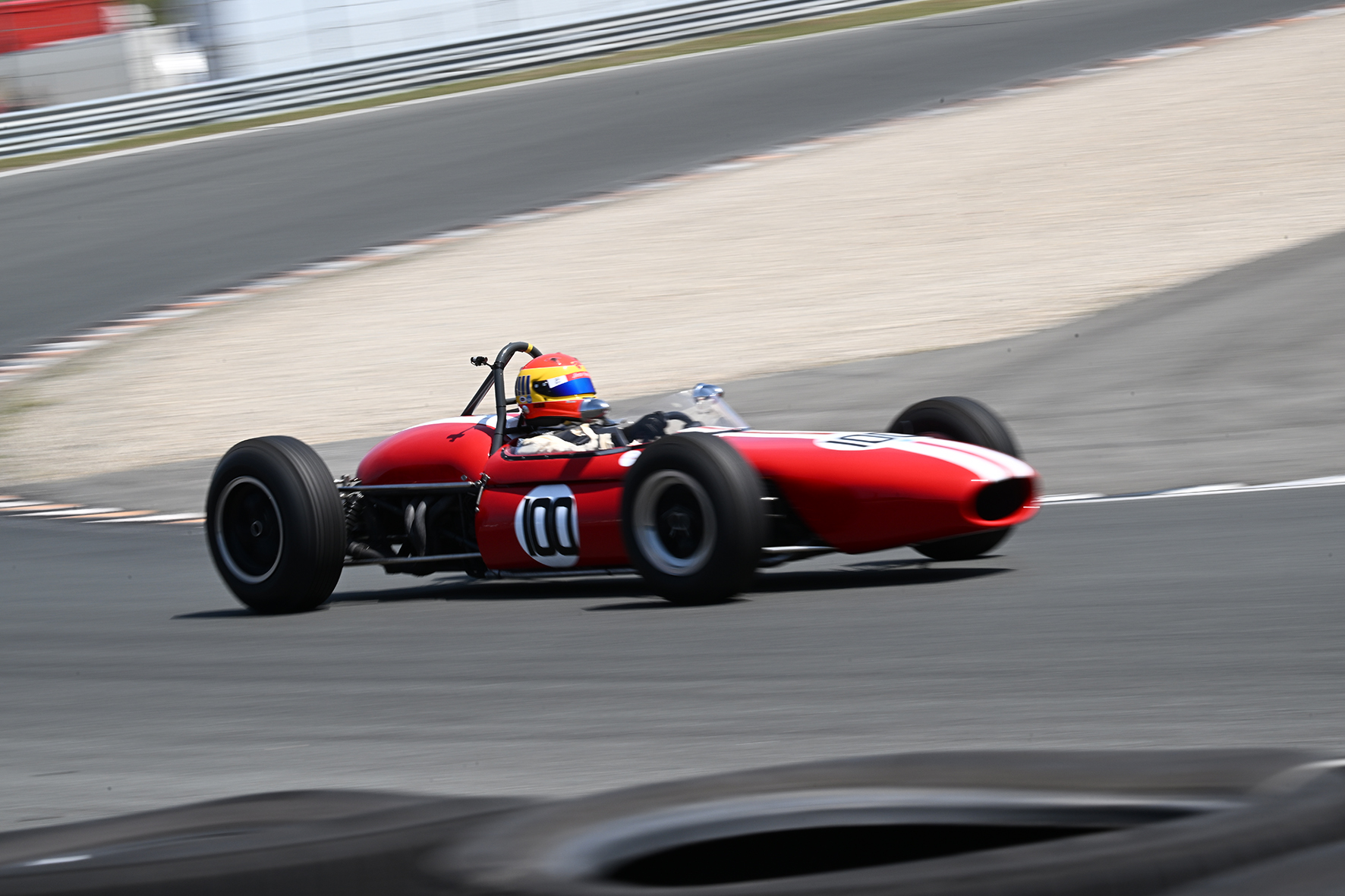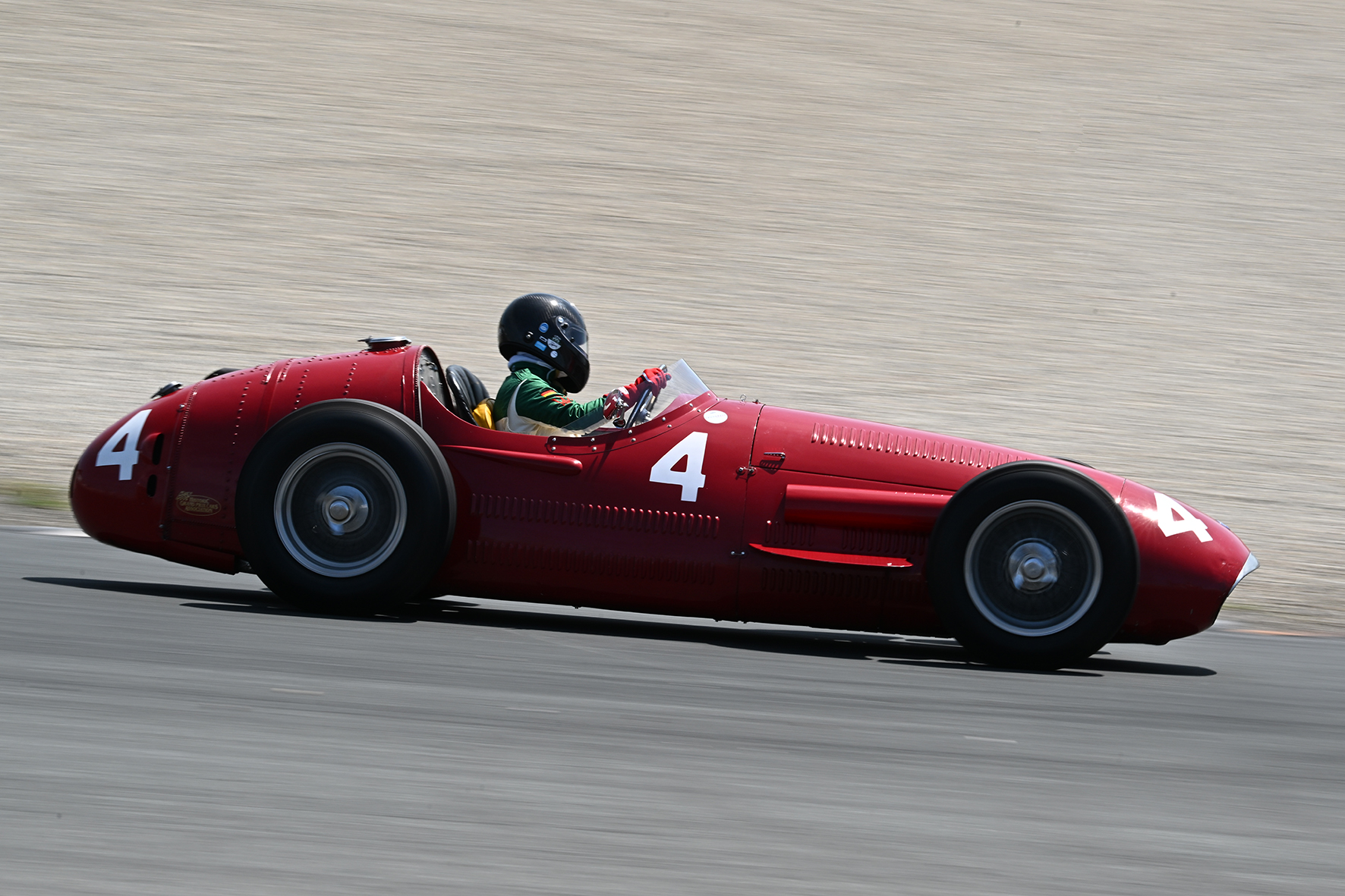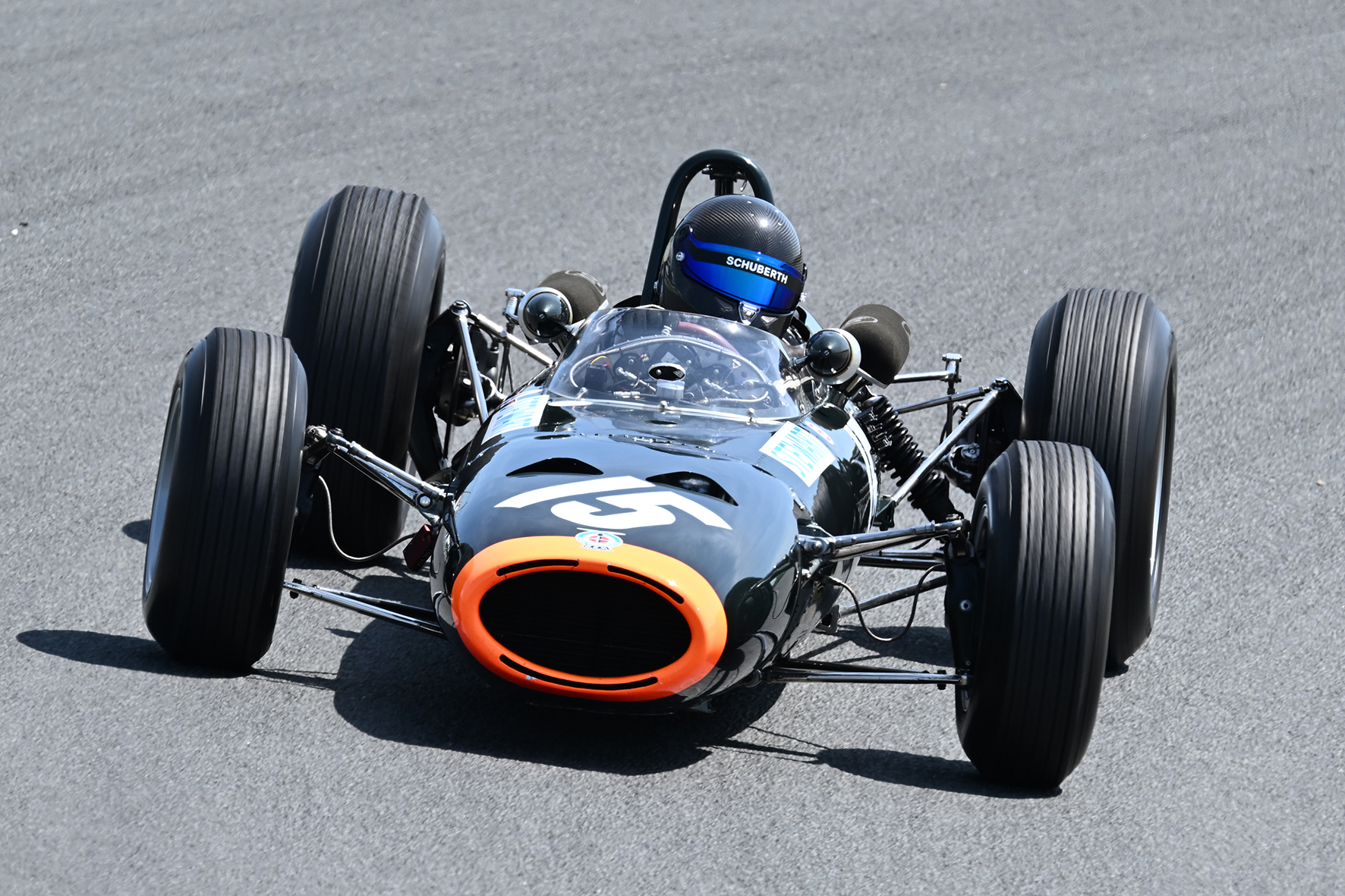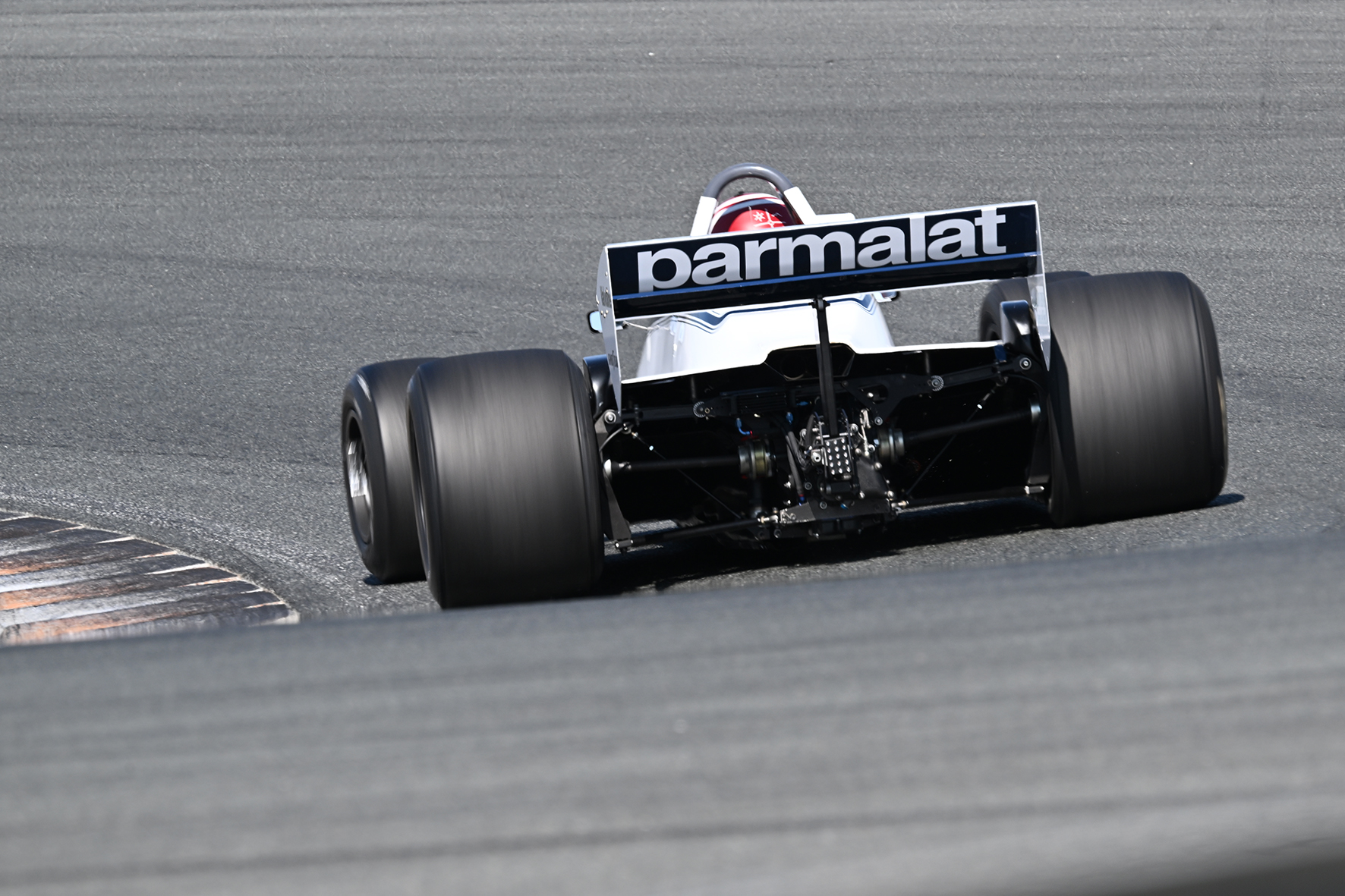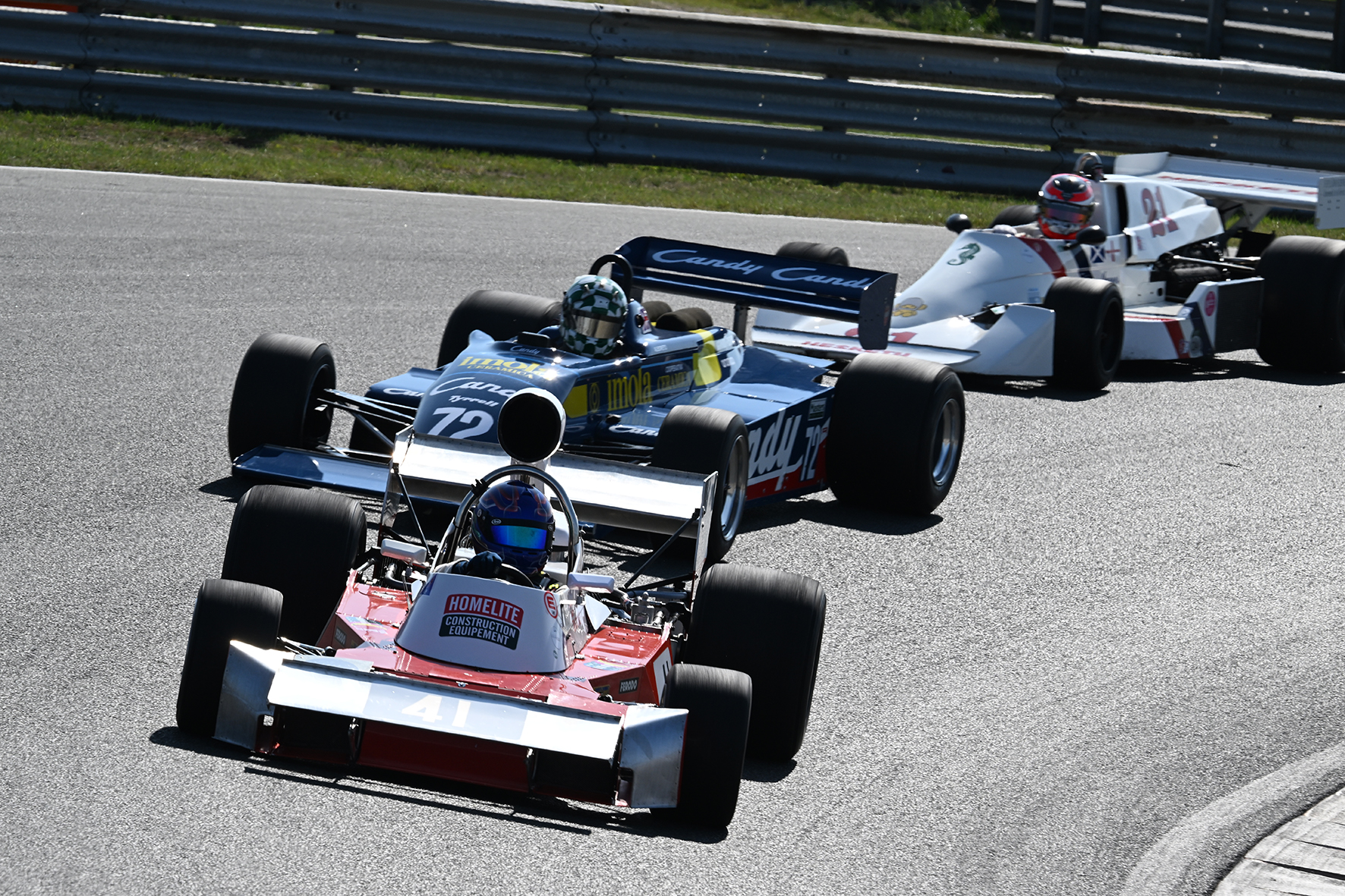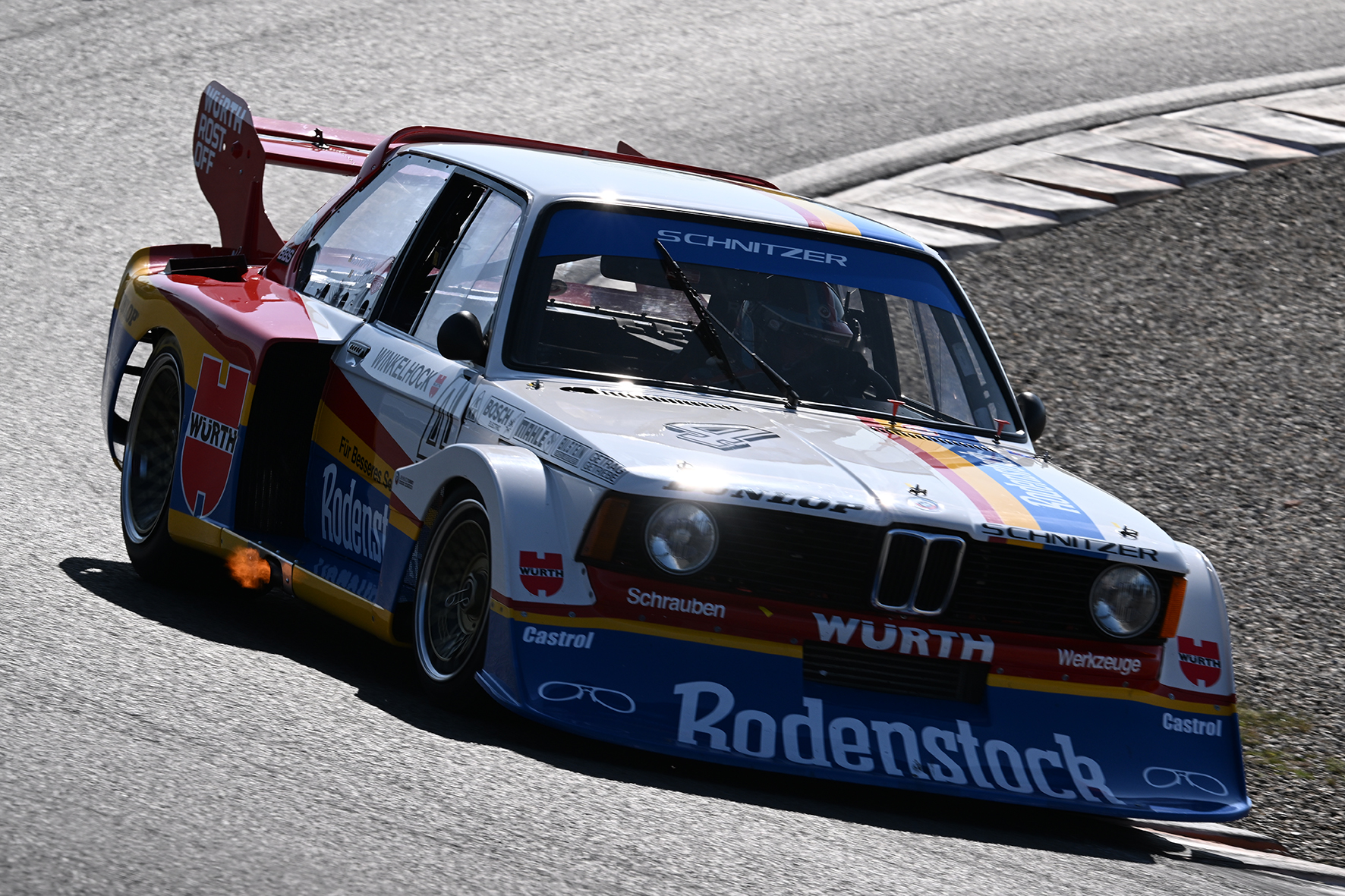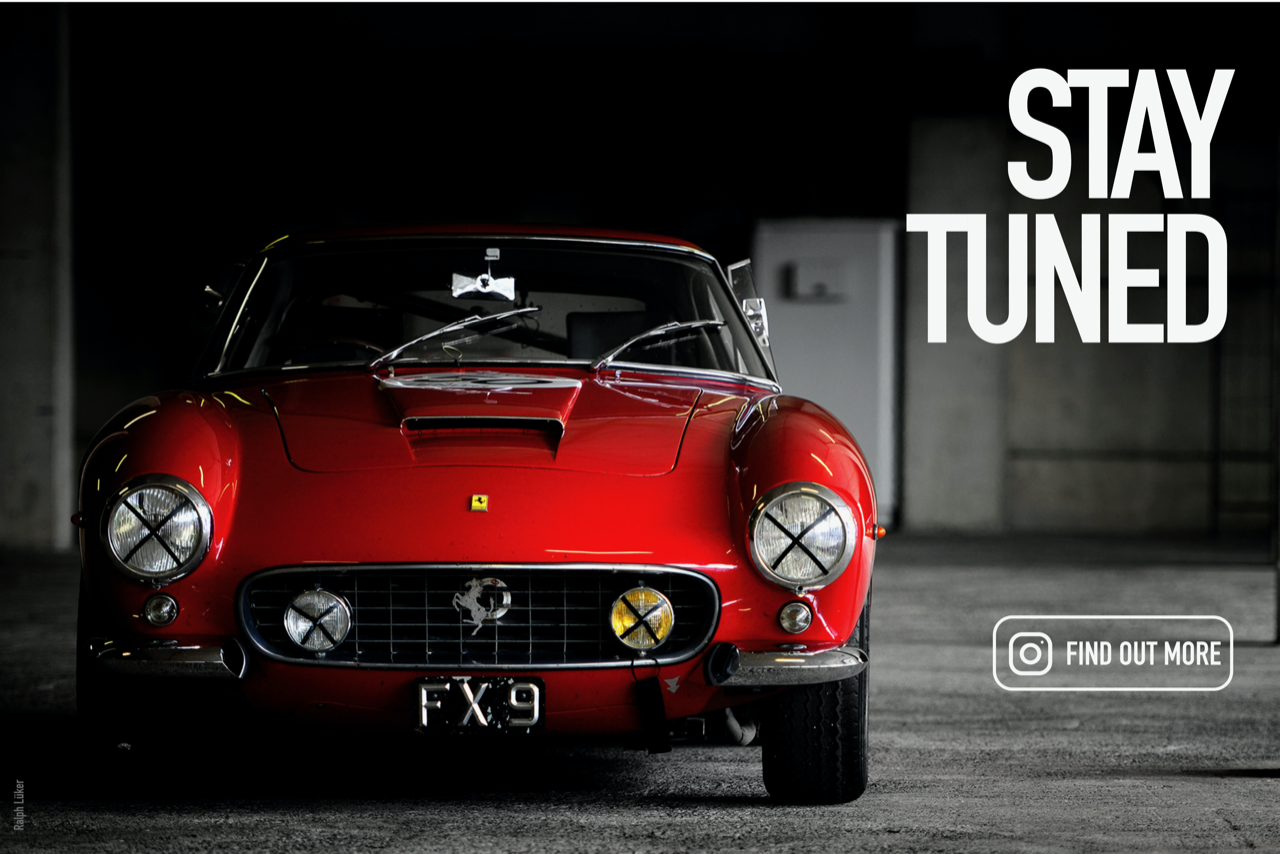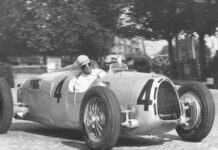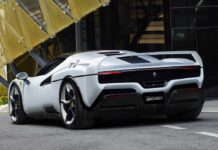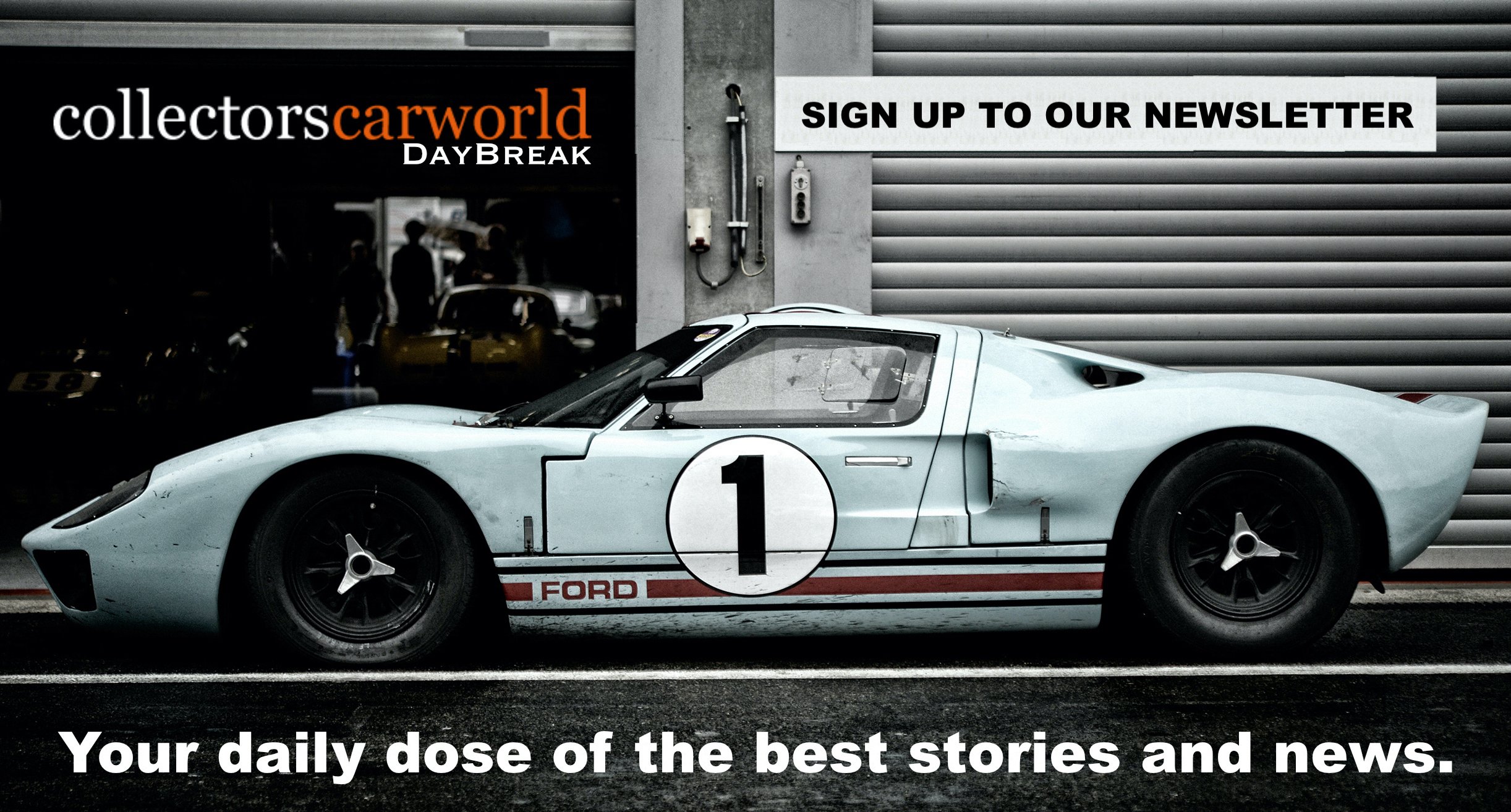The Historic Grand Prix in Zandvoort has become one of my favourites in the annual historic motorsport calendar. Of course, this has to do with the fact that everything I like so much is there. A fantastic and beautiful race track in the middle of the dunes, the North Sea just a few metres away, the best weather, a really impressive family atmosphere and, of course, wonderful, loud and fast racing cars. Above all, I am always impressed by the racing series for monoposto cars in Formula 1, Formula 2 and Formula 3, not forgetting the Grand Prix racing cars from the fifties and sixties of the Historic Grand Prix Car Association.
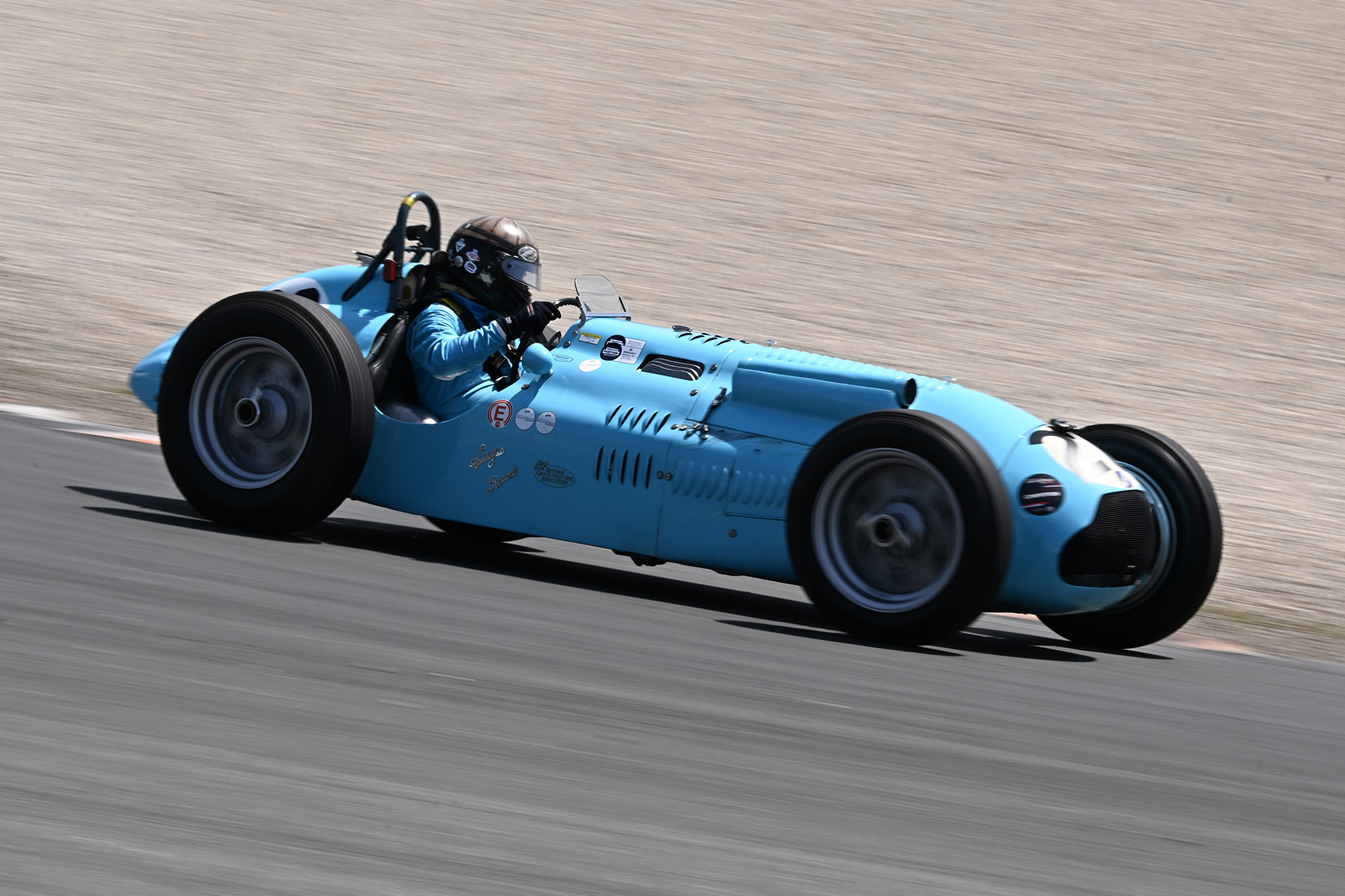
In Zandvoort, everything is a bit smaller than on other racetracks, the pits, the paddock and ultimately the layout of the track – everything is very close together.
When I’m at the track with my camera, I can move very quickly from one position to the next with ever-changing angles, even in the rather short practice sessions or races. And you can only get so close to the racing cars and the action in Monaco. Sometimes you are just one or two metres behind the crash barrier and right in the middle of the action. It is apparently not only a journey through time as far as the racing cars are concerned, but also a little as far as the possibilities for photographers are concerned. As a photographer, you have to be very attentive, of course, as the speeds of the historic racing series are quite high.
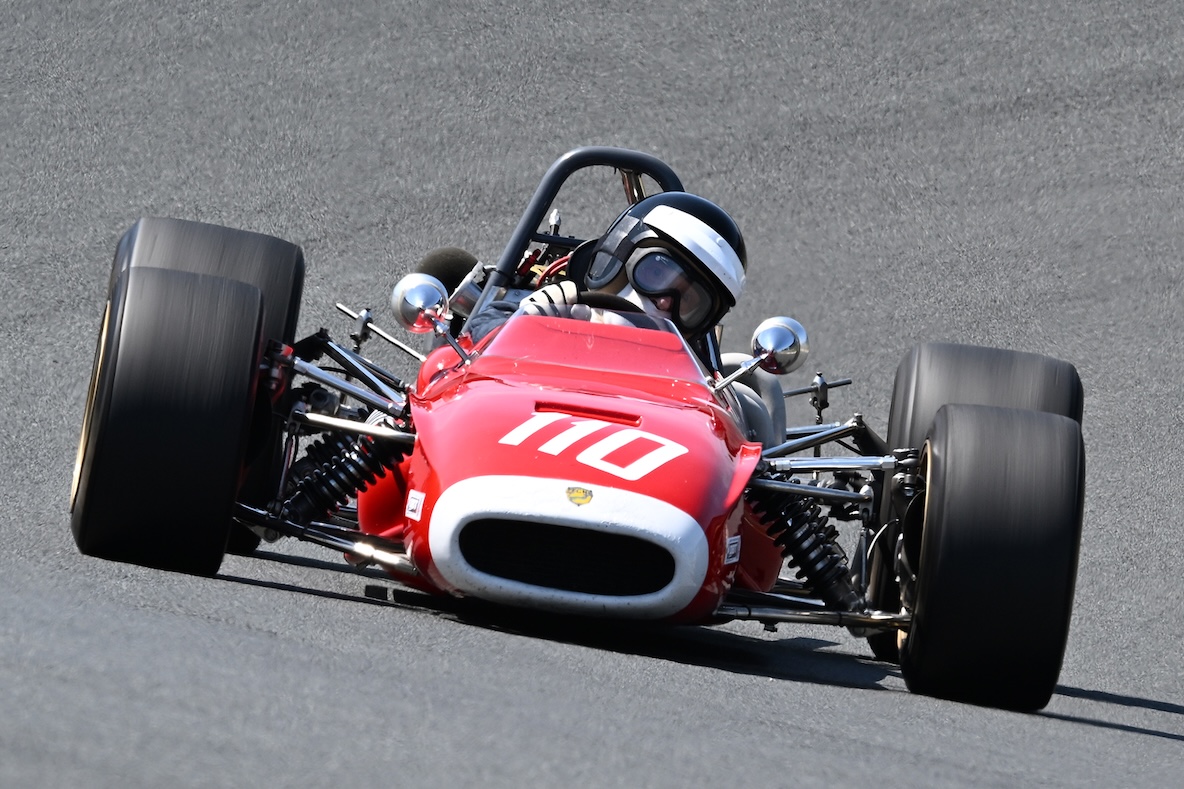
I had always thought that the Circuit Zandvoort was very flat, but in fact the race track has quite a difference in altitude and the sometimes extremely banked corners are very reminiscent of a slot racing track. The motifs and perspectives on offer are unique. Even for the spectators in the grandstands, the view of many parts of the track is very, very good.
The programme offered to the numerous spectators in the best North Sea weather was as varied as it was exciting. There were five different races for monoposto racing cars, two sports prototype races and a few touring cars and GT races.
For me, the racing cars with free-standing wheels are the real racing cars, somehow this is their original form, spectacular and fast, but of course also more dangerous than anything else. One highlight was the appearance of the Tyrrell P34, a Formula 1 racing car from the 1976 season, designed at the time by Derek Gardner for the Tyrrell Racing Team, the small front wheels were intended to provide an aerodynamic advantage and also increase cornering speeds. In the end, the project was really difficult to keep up because Goodyear had to manufacture these small front tyres specially.
But in 1976, they did manage a one-two victory in Anderstorp at the Swedish Grand Prix. I saw and photographed the original Tyrrell P34 racing cars back in 1976 at the German Grand Prix at the Nürburgring. They were a darker blue colour than today.
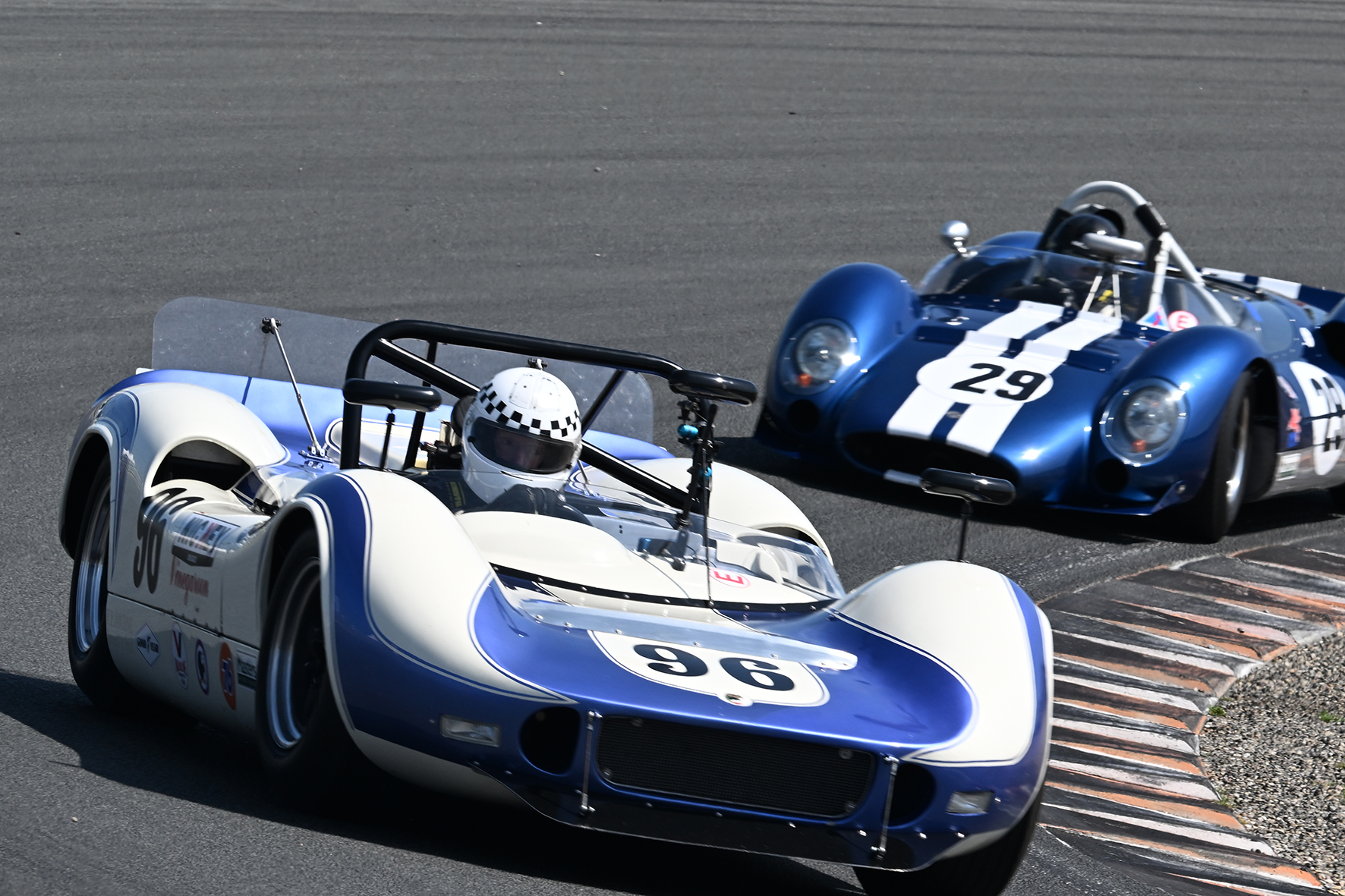
According to the chassis number, the P34 used in Zandvoort is a rebuild from 2019. I can’t say how many original parts were used, but the car looked great. The body is basically very flat, only slightly higher than the front wheels, but the cockpit wall is very high and also had the small side windows like back then, through which you can watch the driver steering and changing gear.
Apparently, the Circuit Zandvoort is quite demanding. There were many interruptions during the sessions due to FCY, safety car deployments and red flags. Safety always comes first, of course, and due to the sometimes very narrow run-off areas, something has to be done even if a car breaks down.
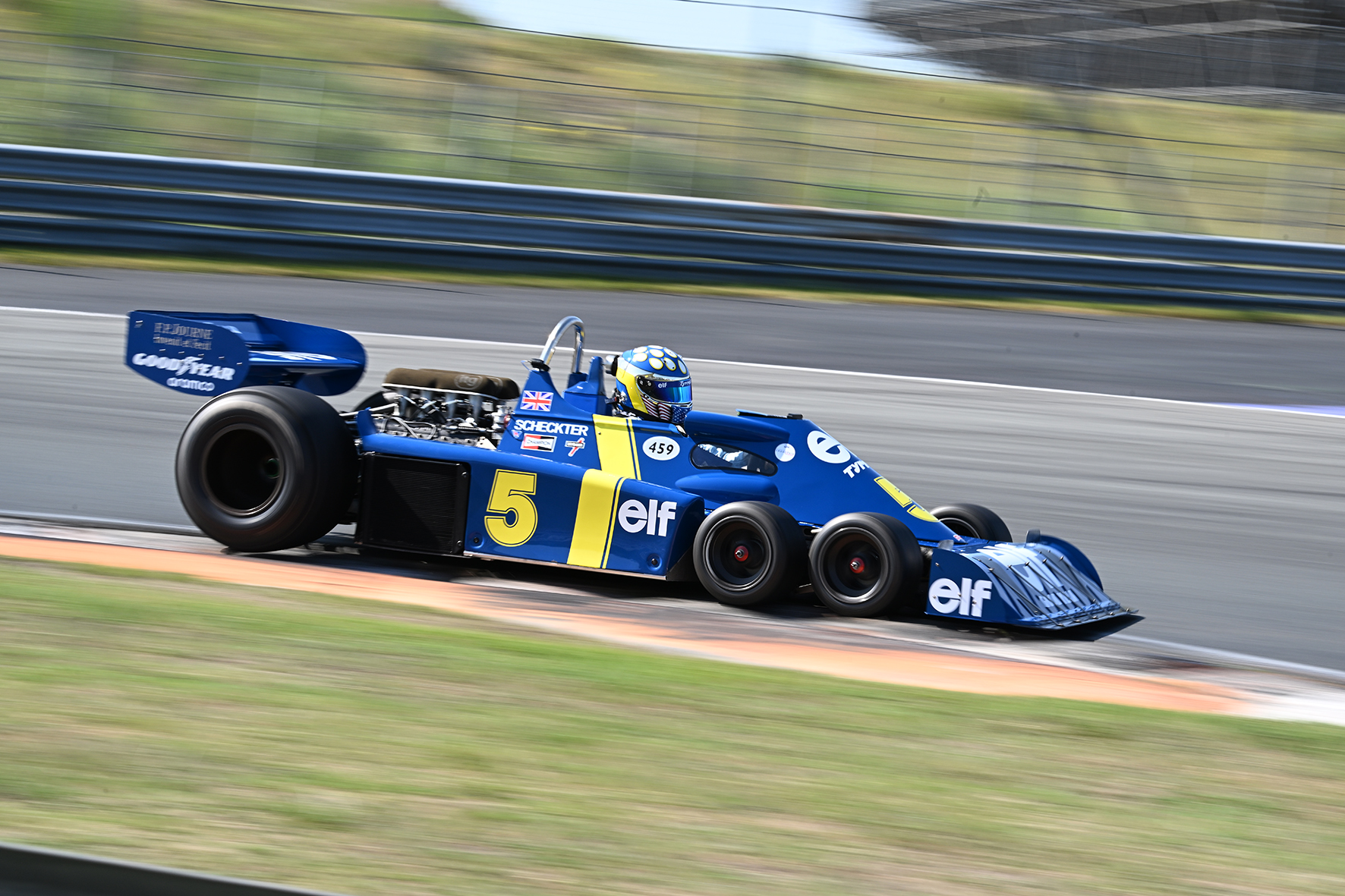
But none of this detracts from the atmosphere. The Historic Grand Prix in Zandvoort is still pure motor racing in its traditional form. Exciting, loud and just a little bit crazy. But being a little crazy is simply part of historic motorsport, it’s the essence of it. And enthusiasm is essential from the drivers, the pit crews and, of course, the spectators. And if you really have seen enough of the racing cars, just take a few steps and lie down in the sun on a marvellous sandy beach. The sound remains, but nothing stands in the way of relaxation by the sea. What could be better? And maybe a cold Heineken to go with it.
I wouldn’t want to miss this magical feeling next year, when the Historic Grand Prix in Zandvoort opens its doors I’ll be there with passion, enthusiasm and a little craziness. You should also be there if you have petrol in your blood.
The motto of the Historic Grand Prix is: ‘A world to discover – a day to remember’
Find out more about our photographer Ralph Lüker.
